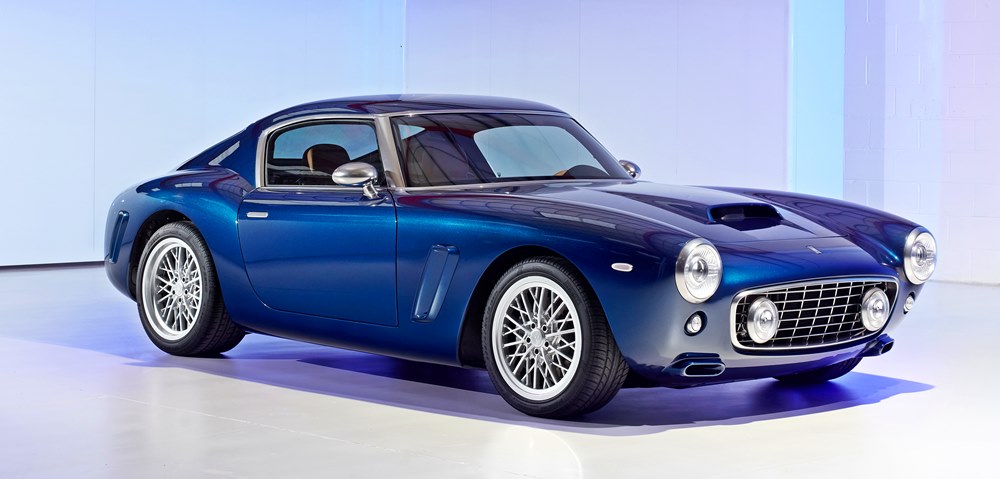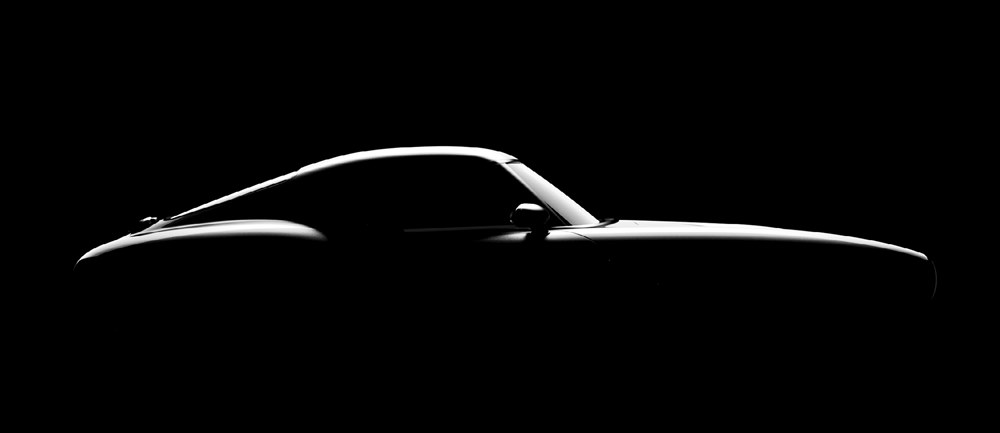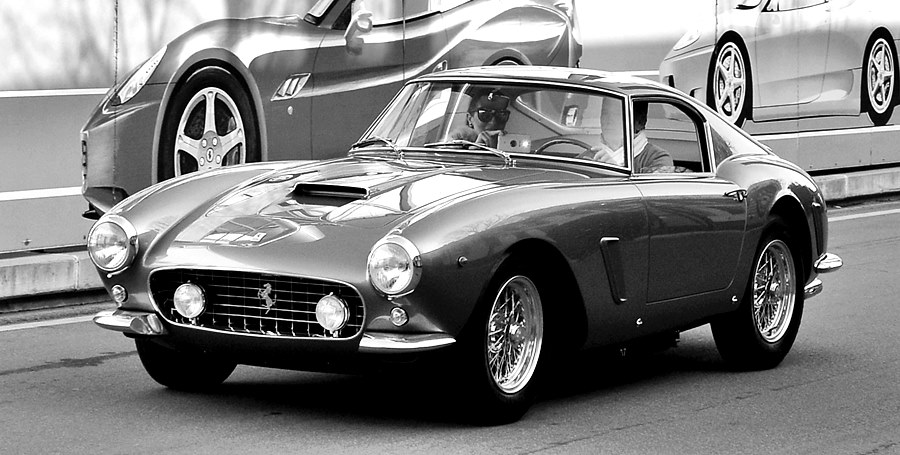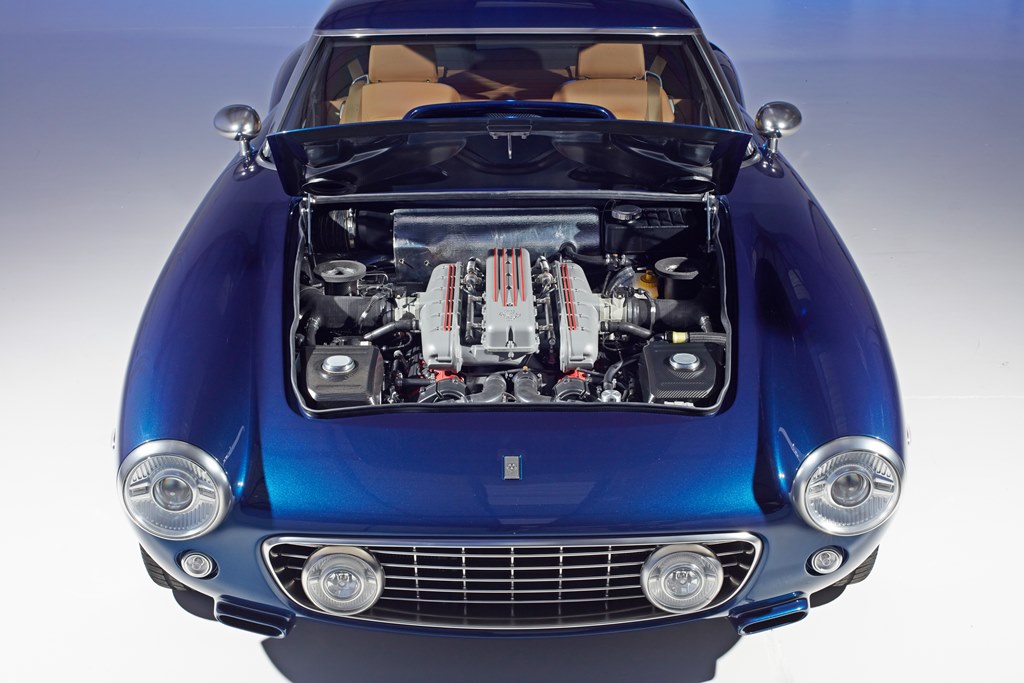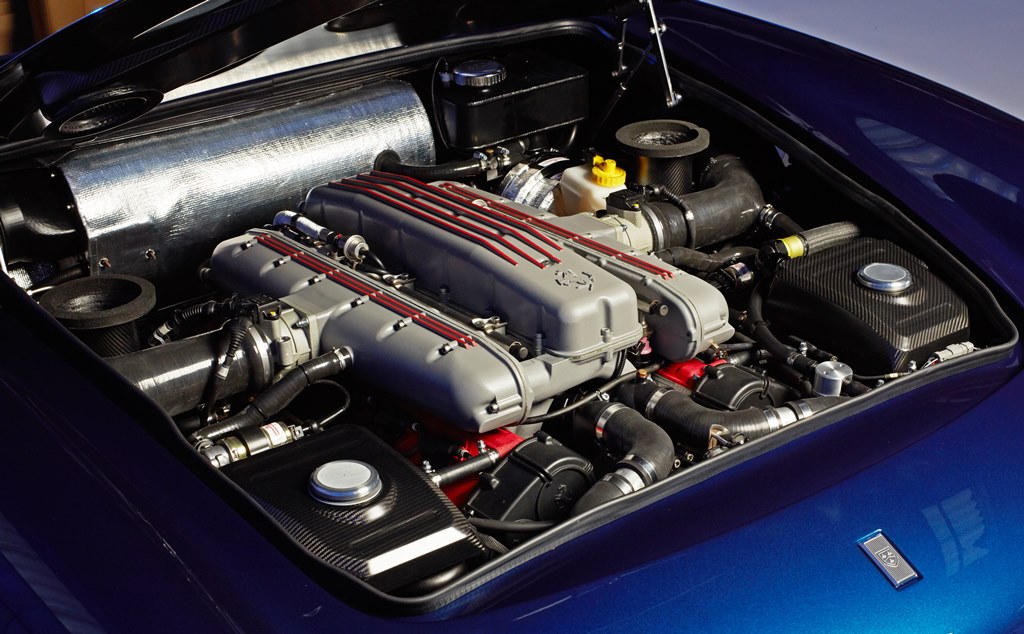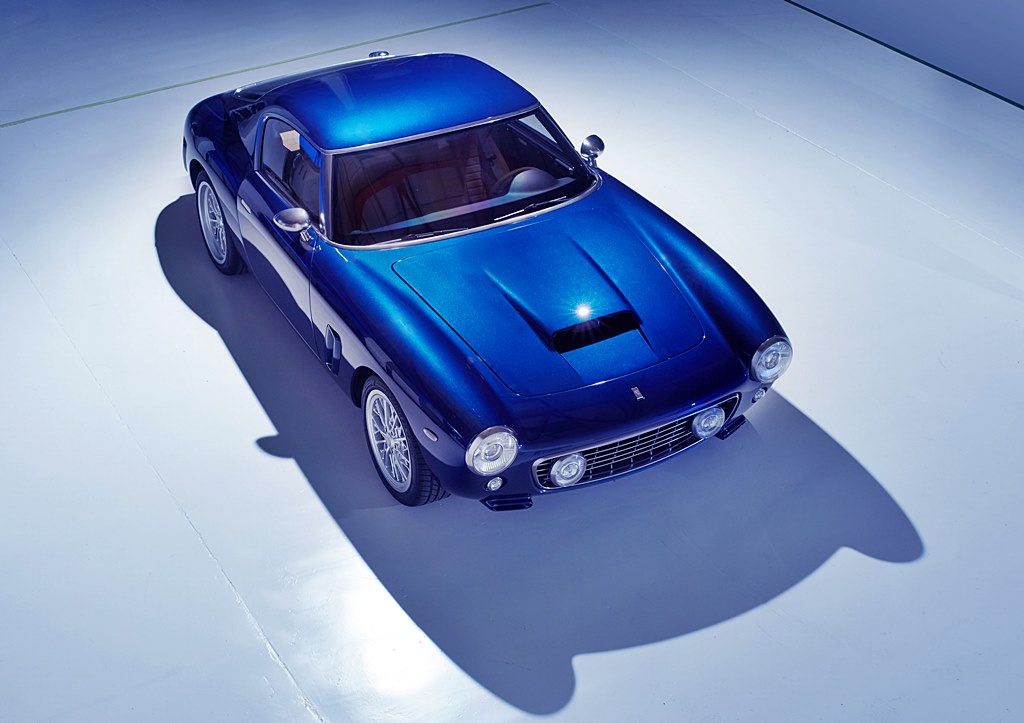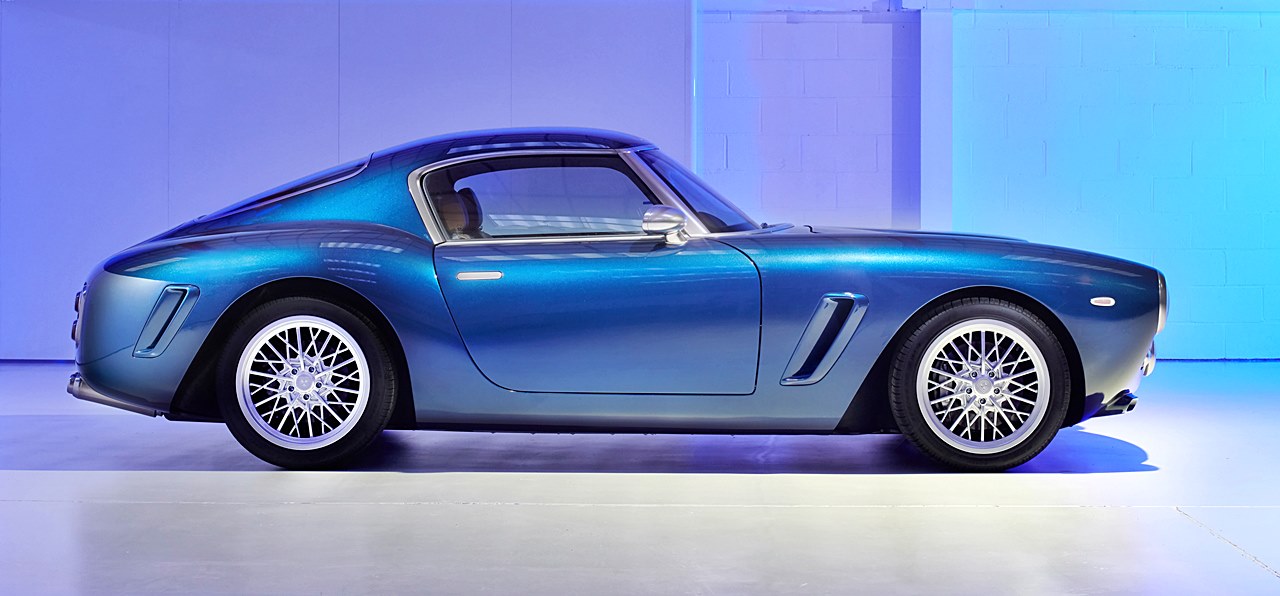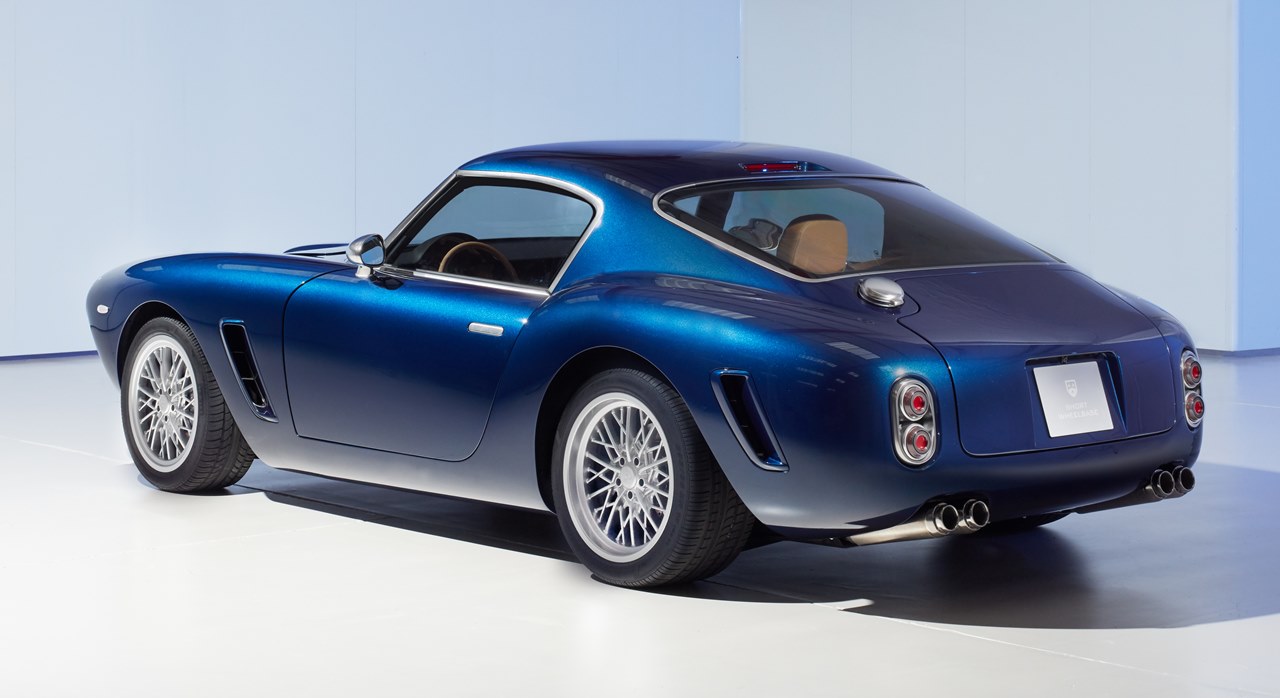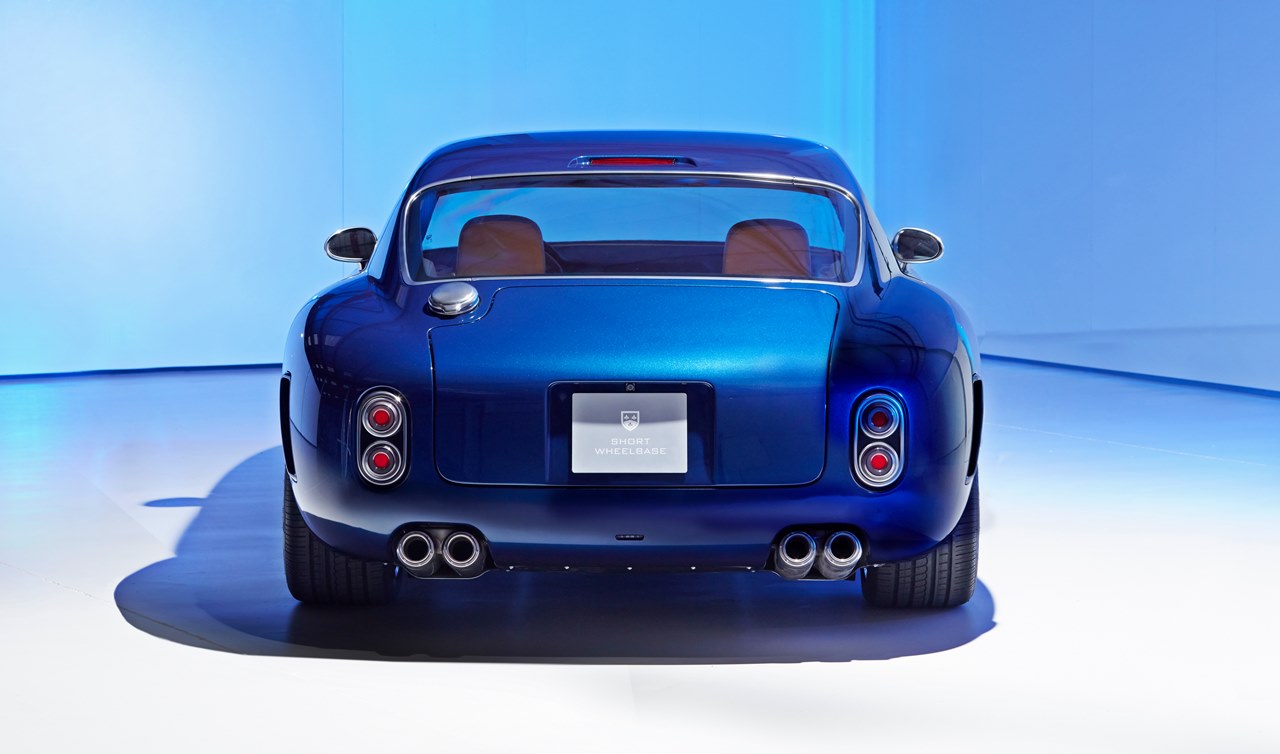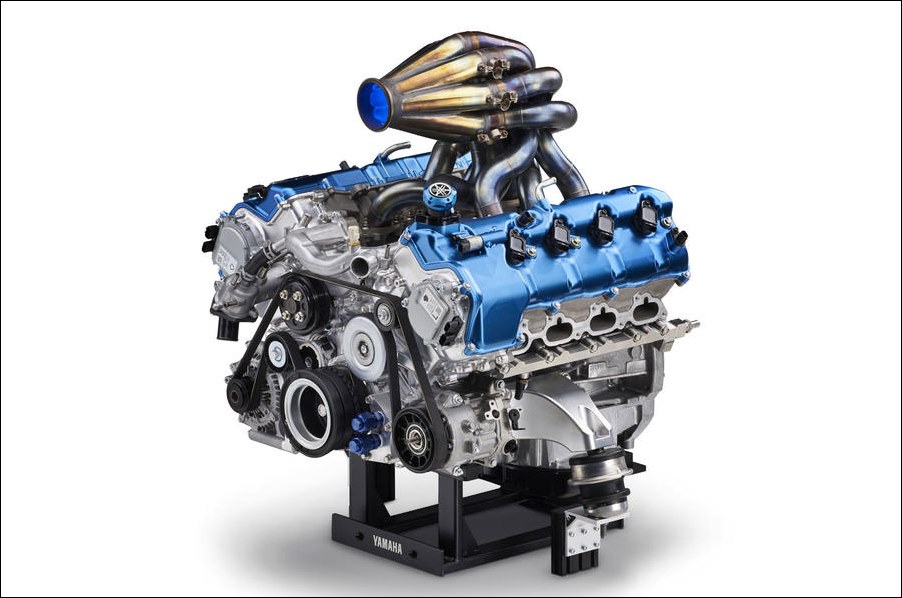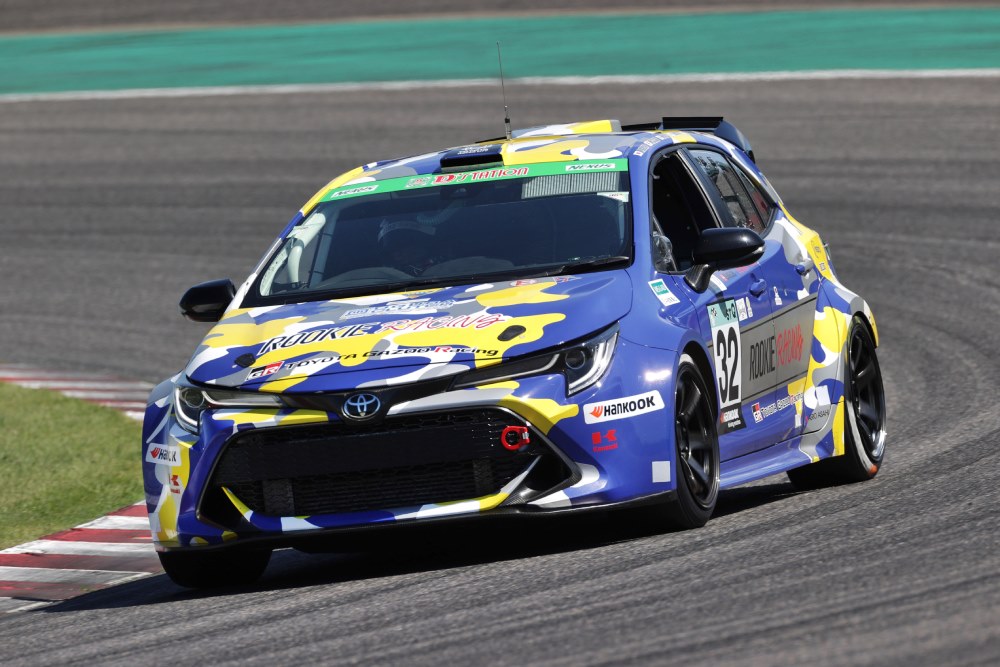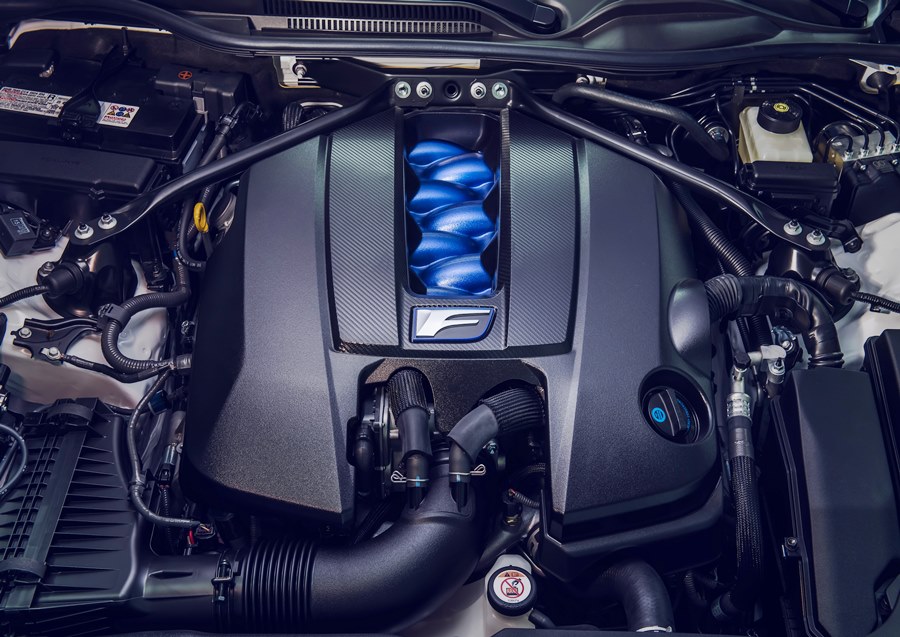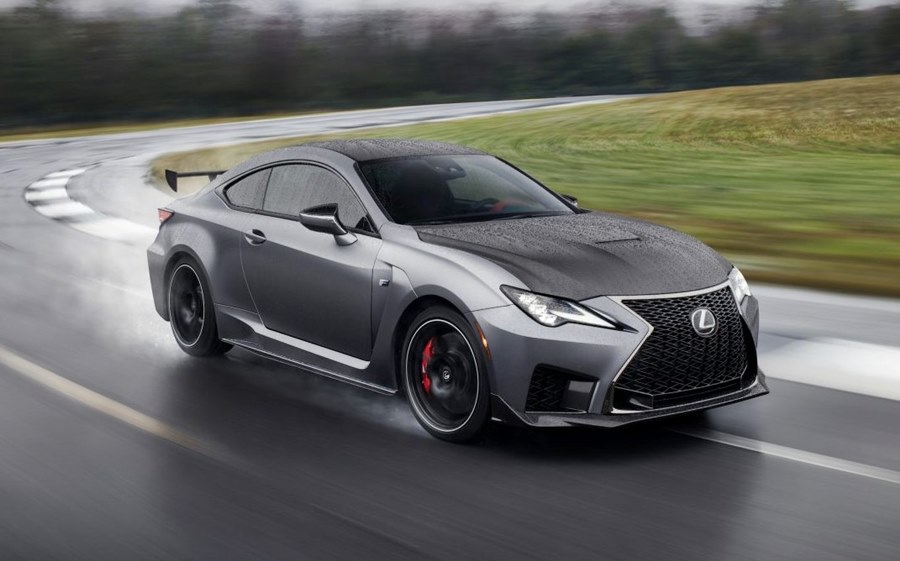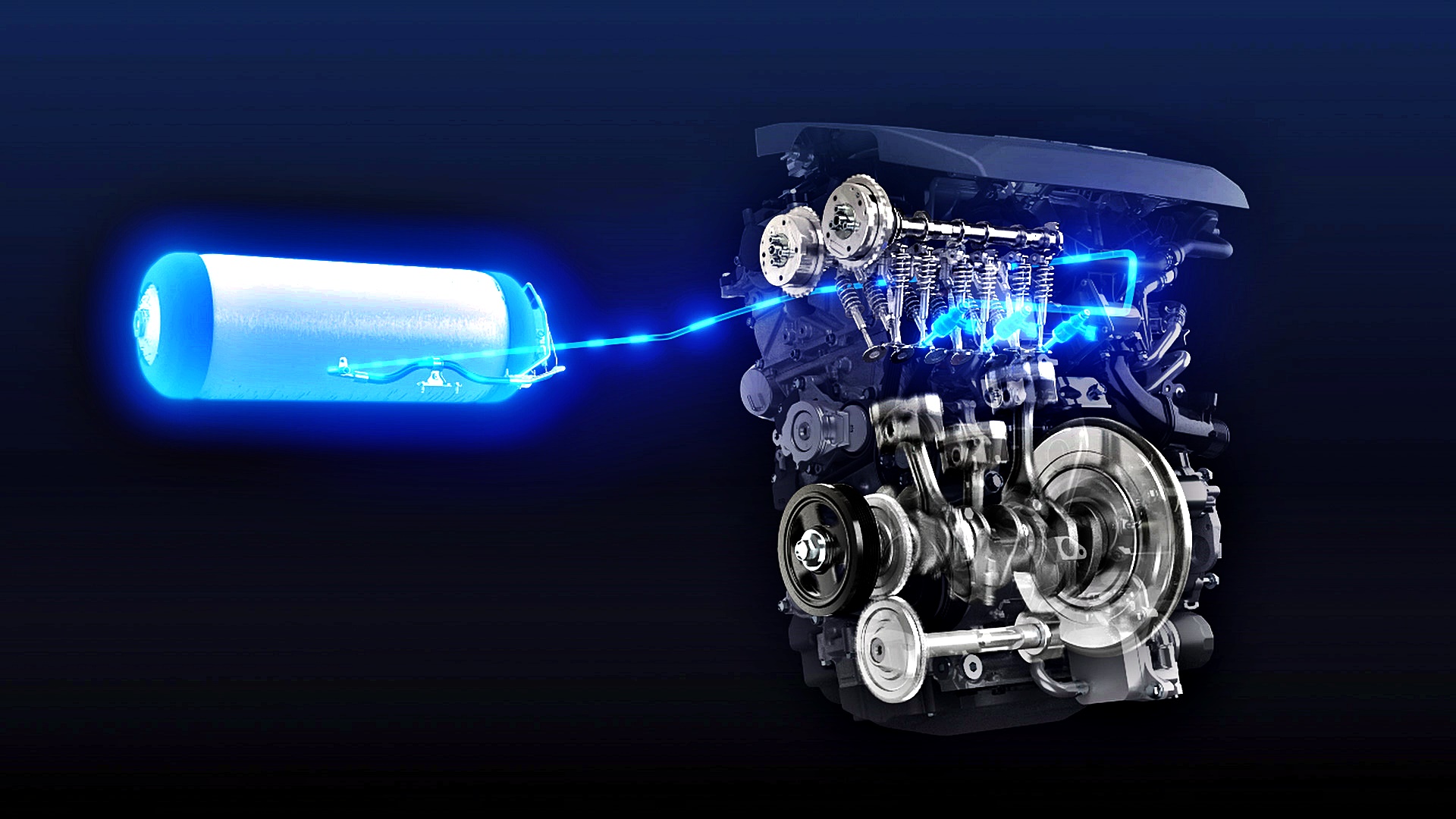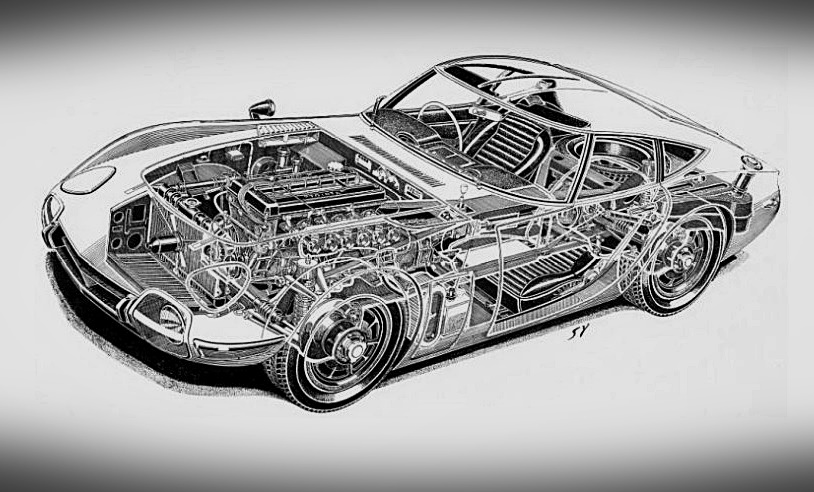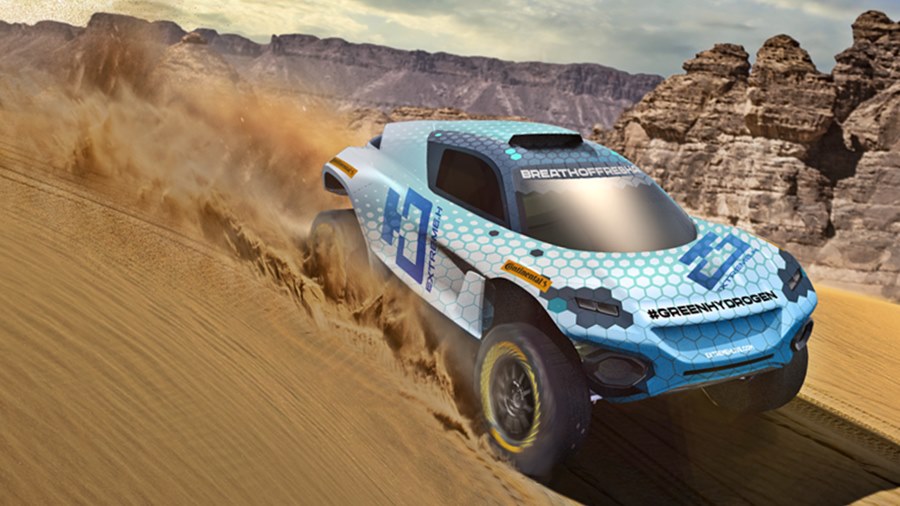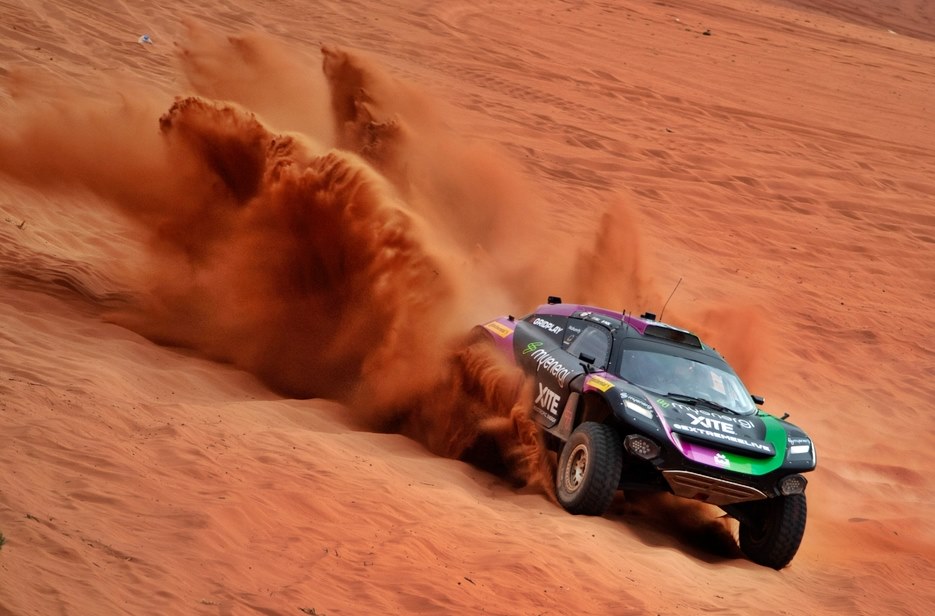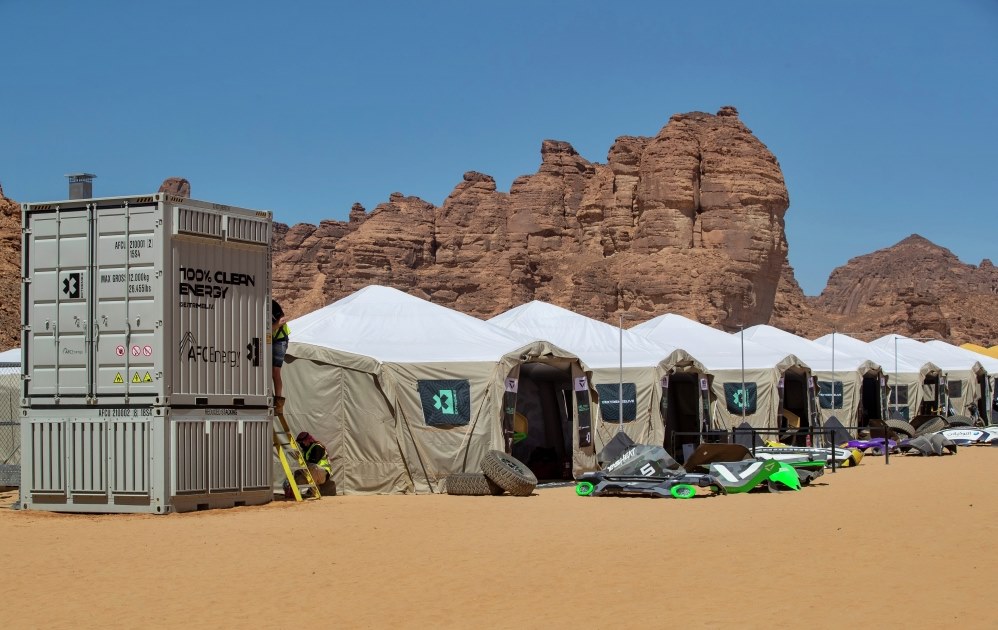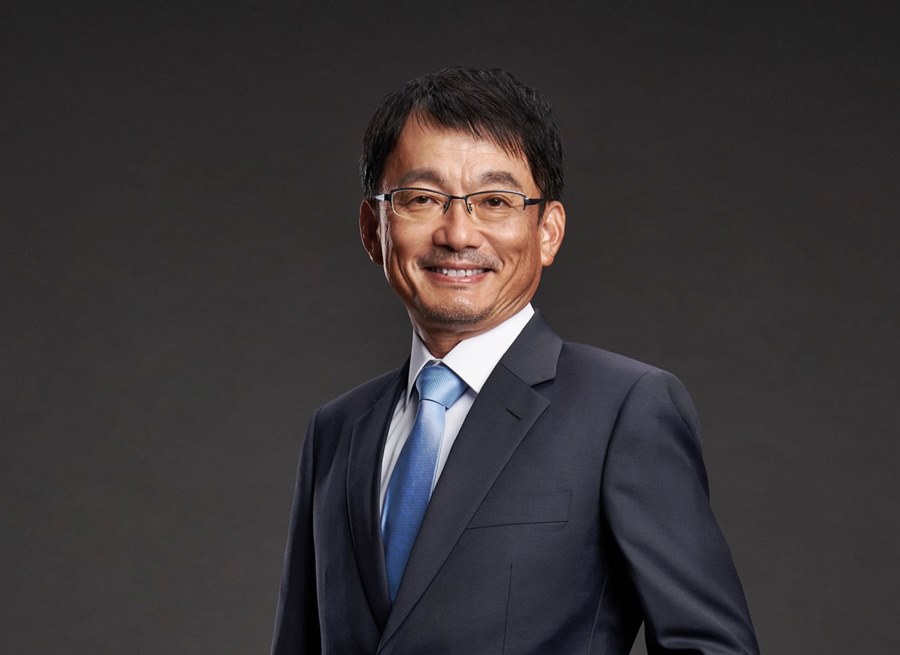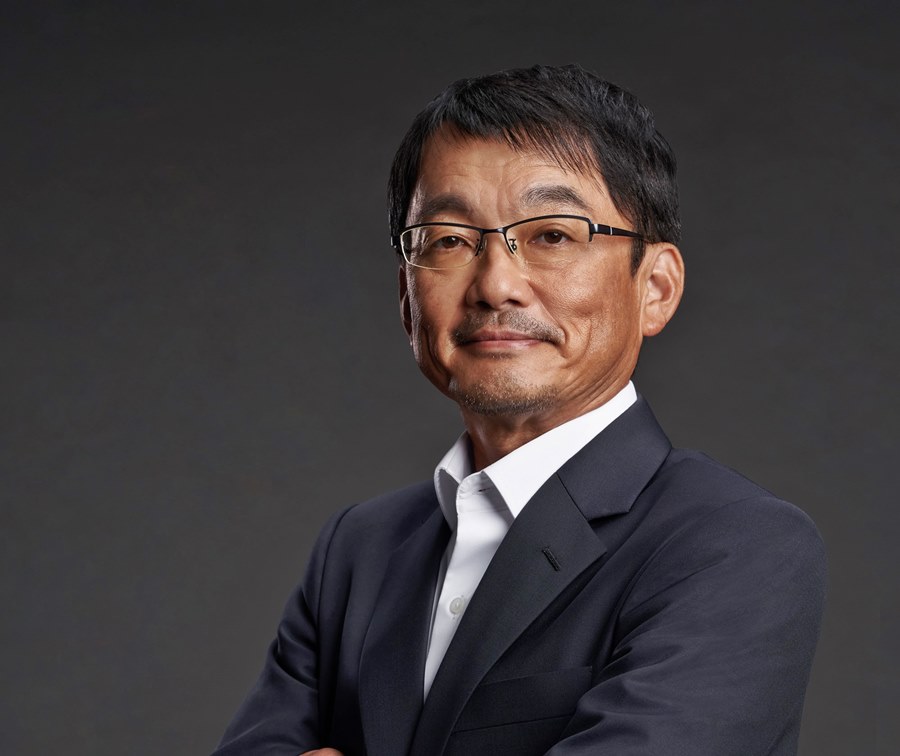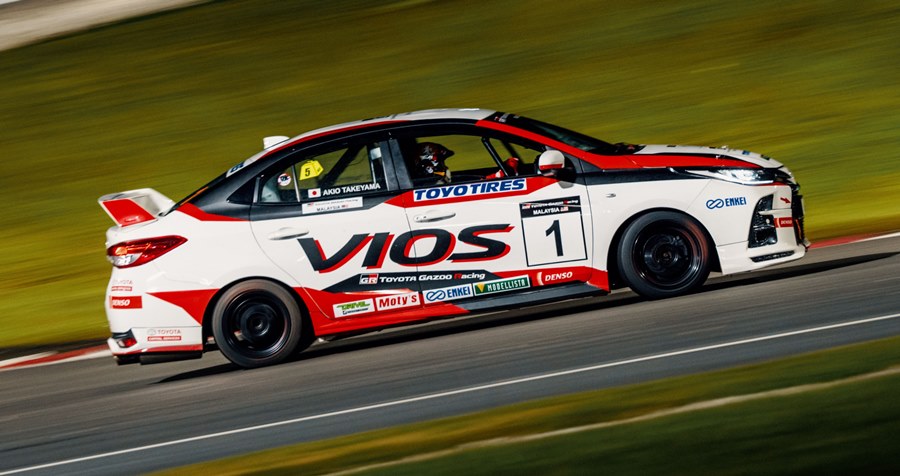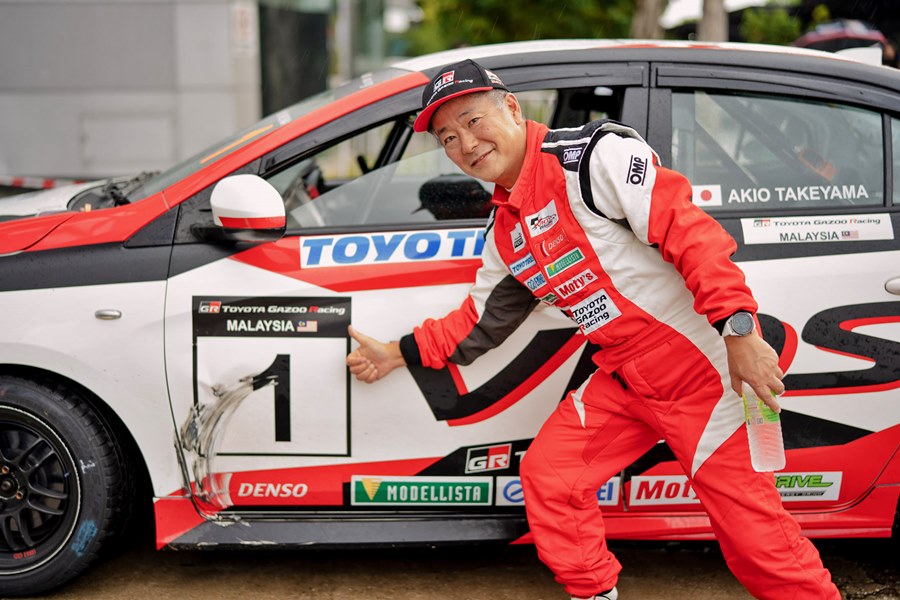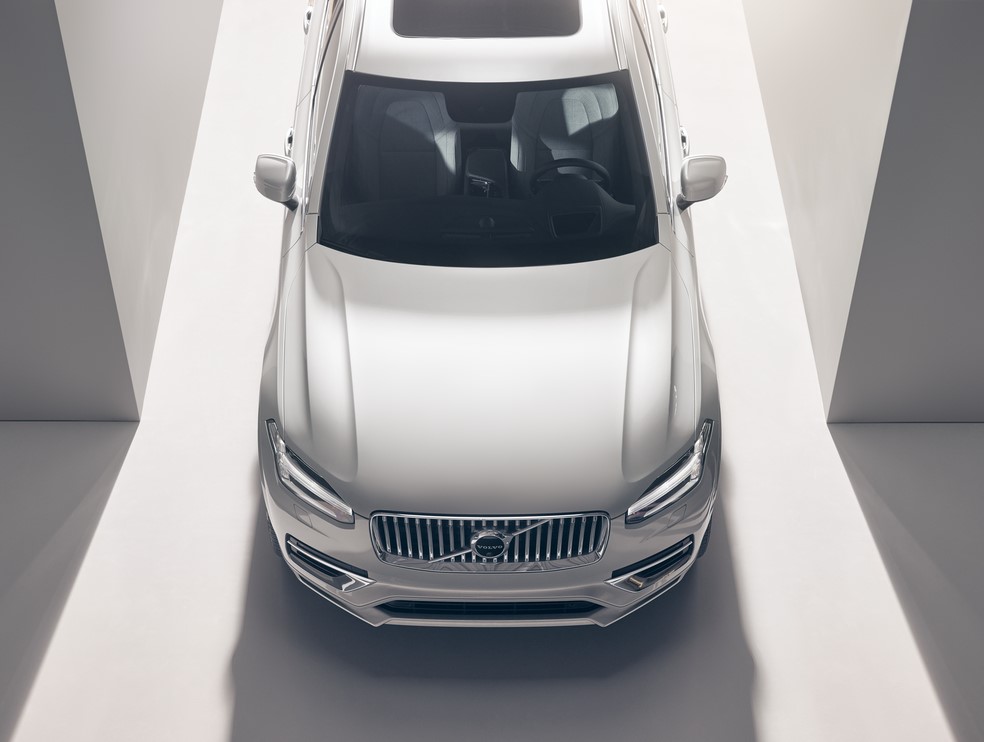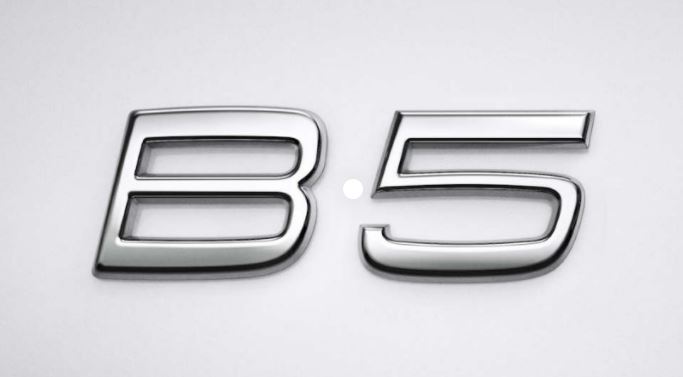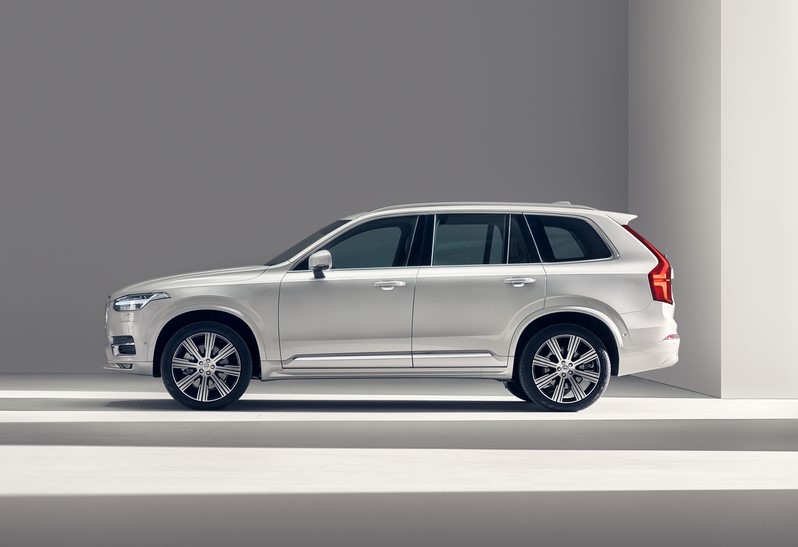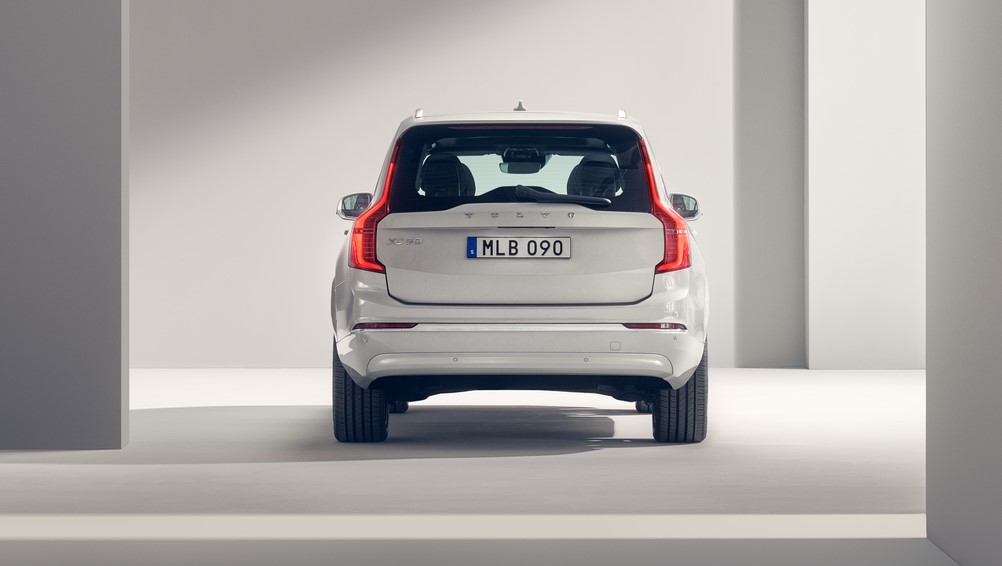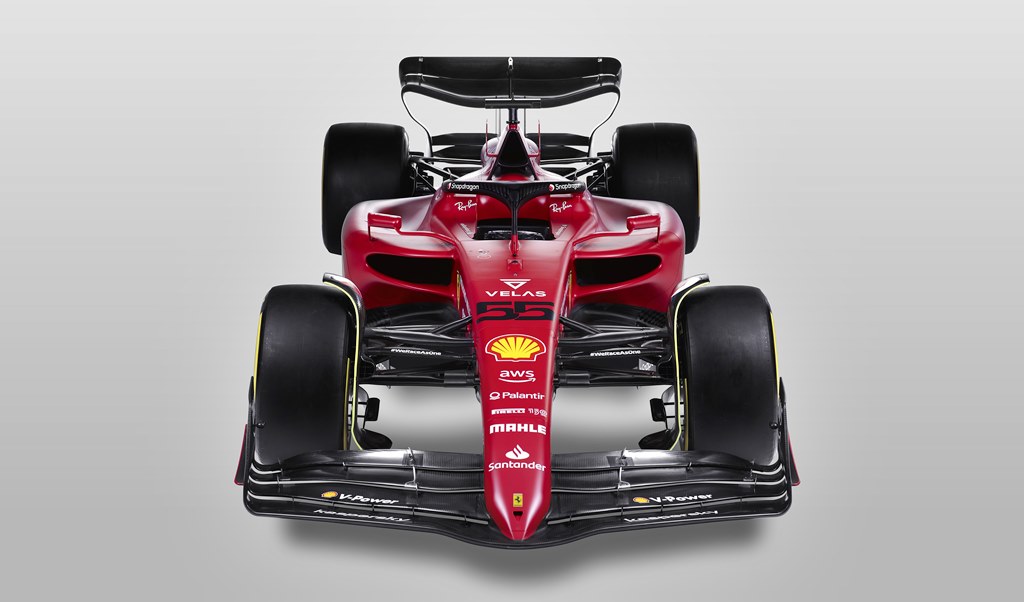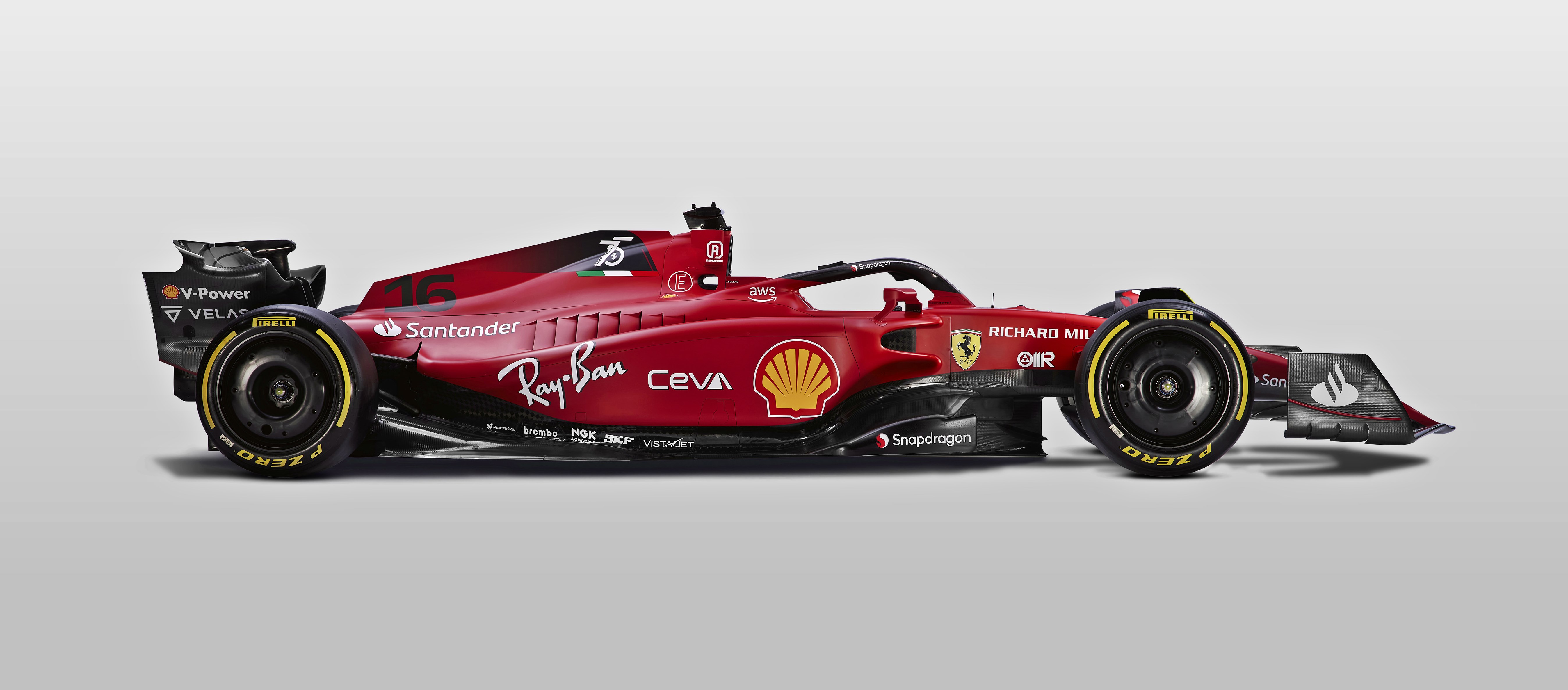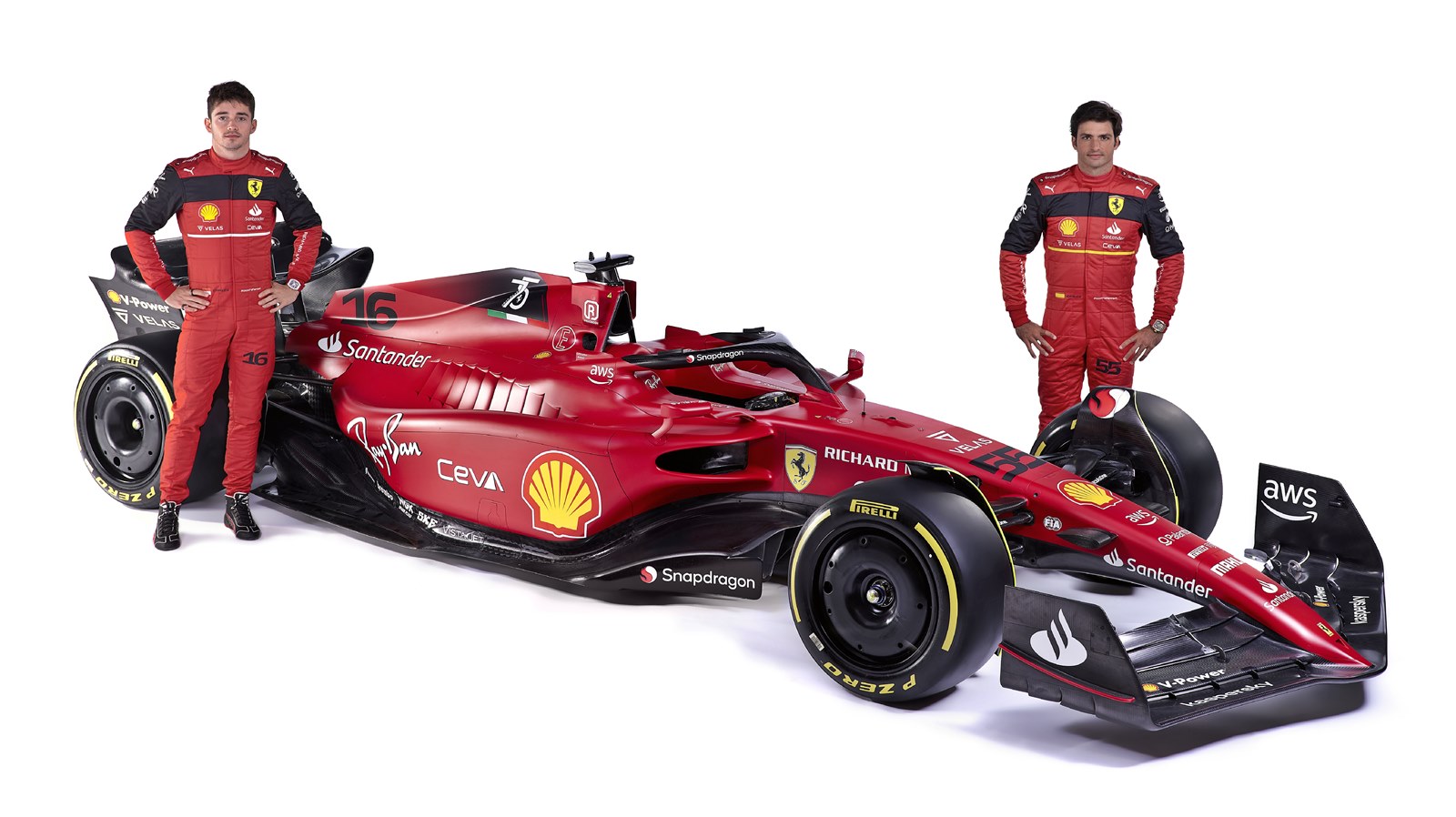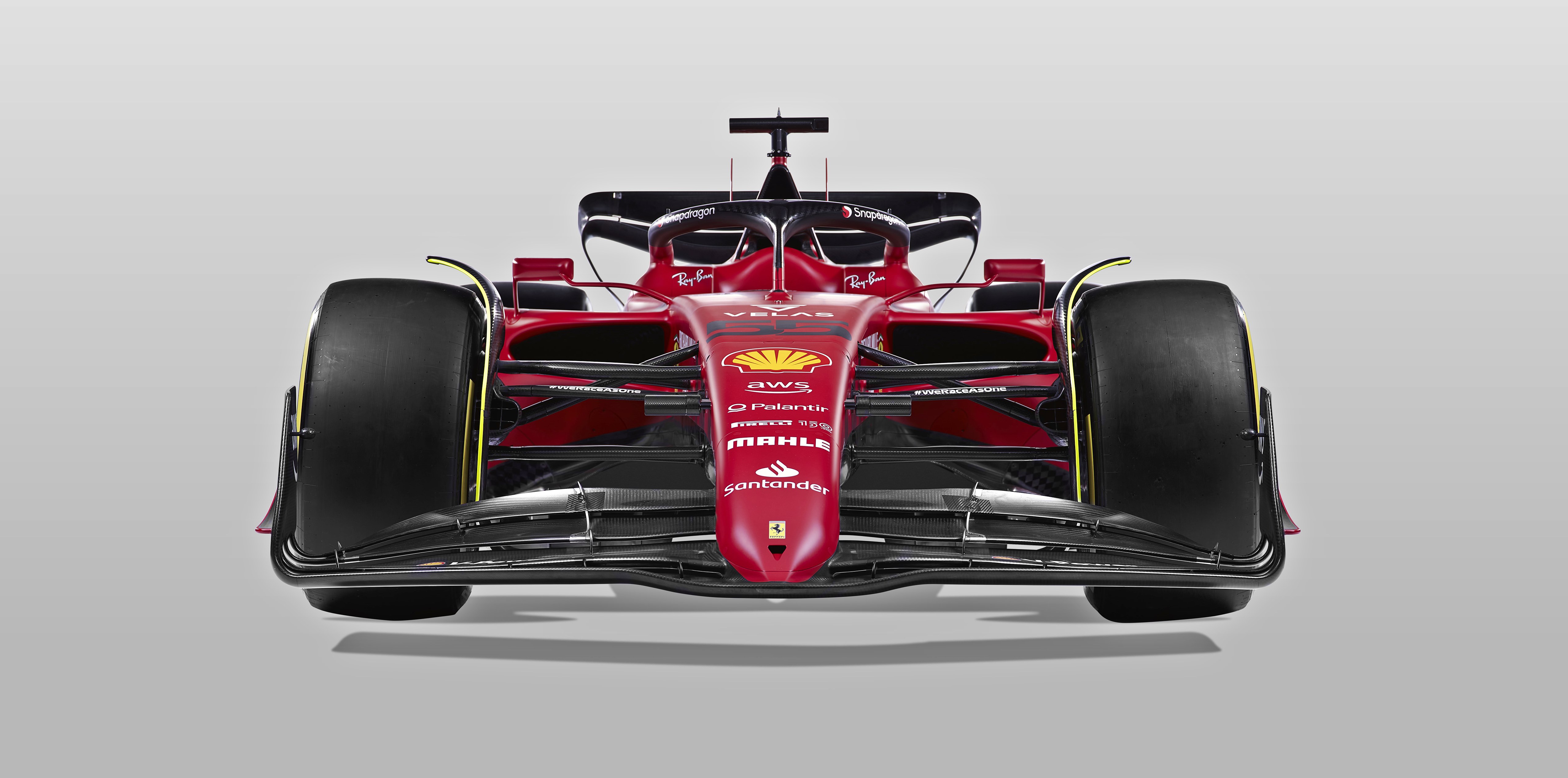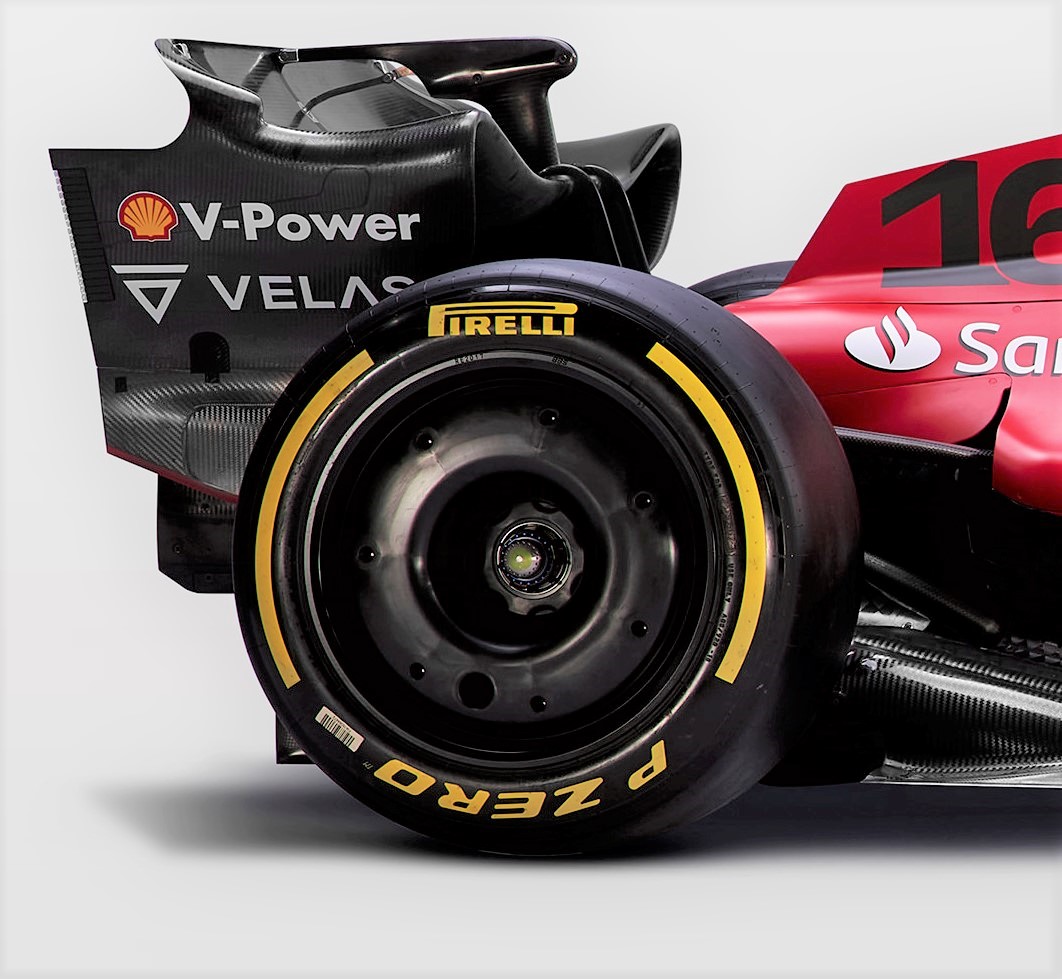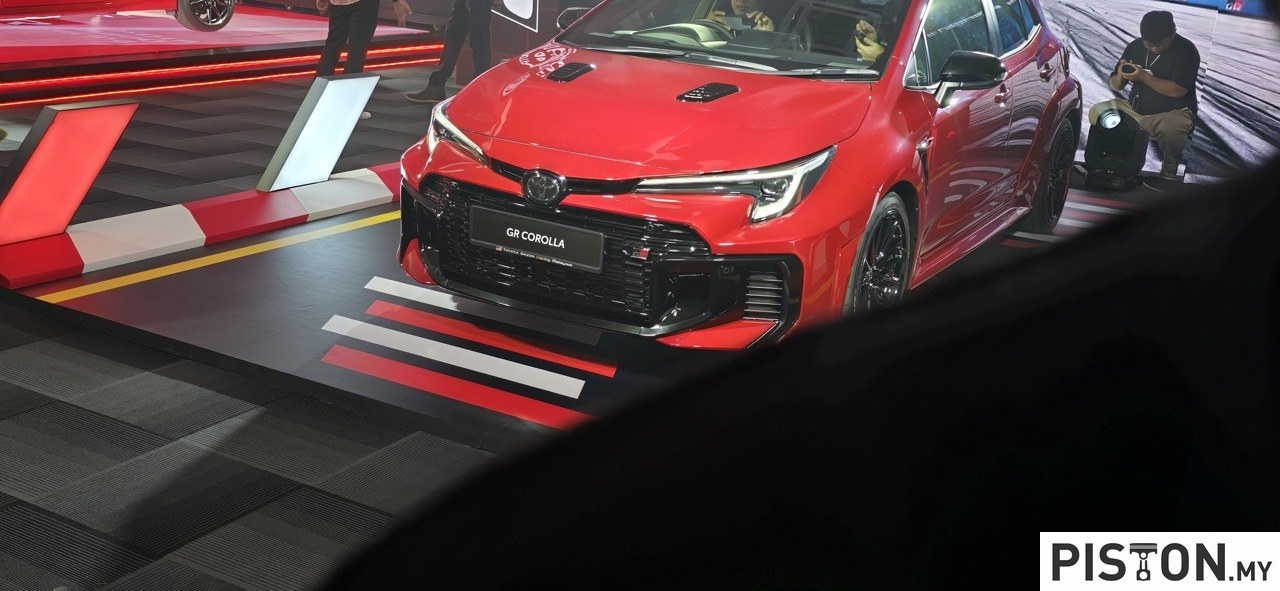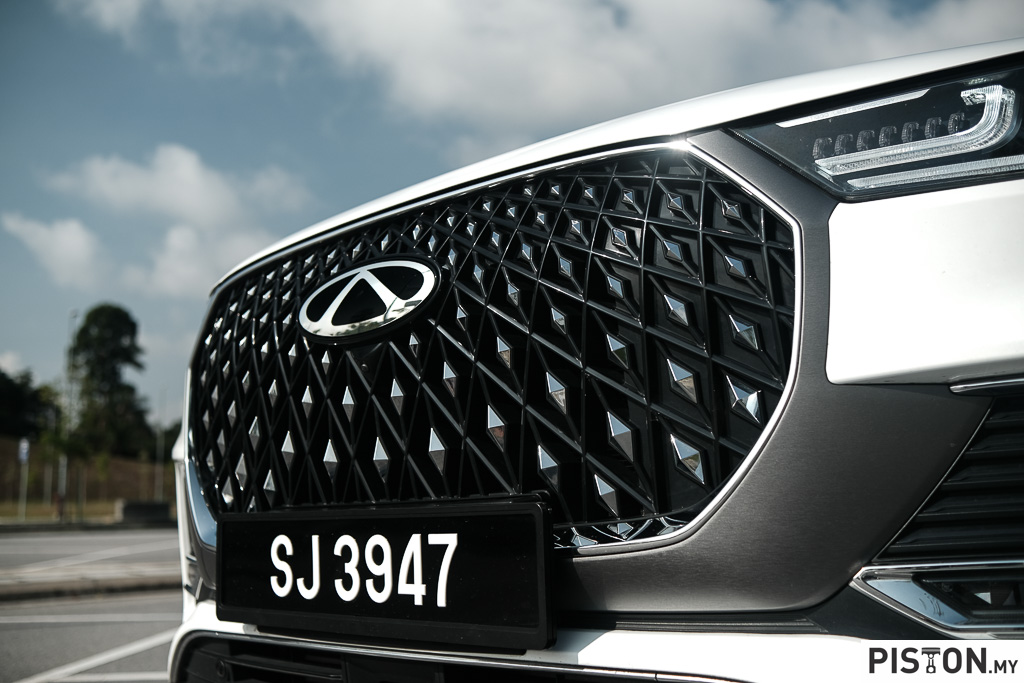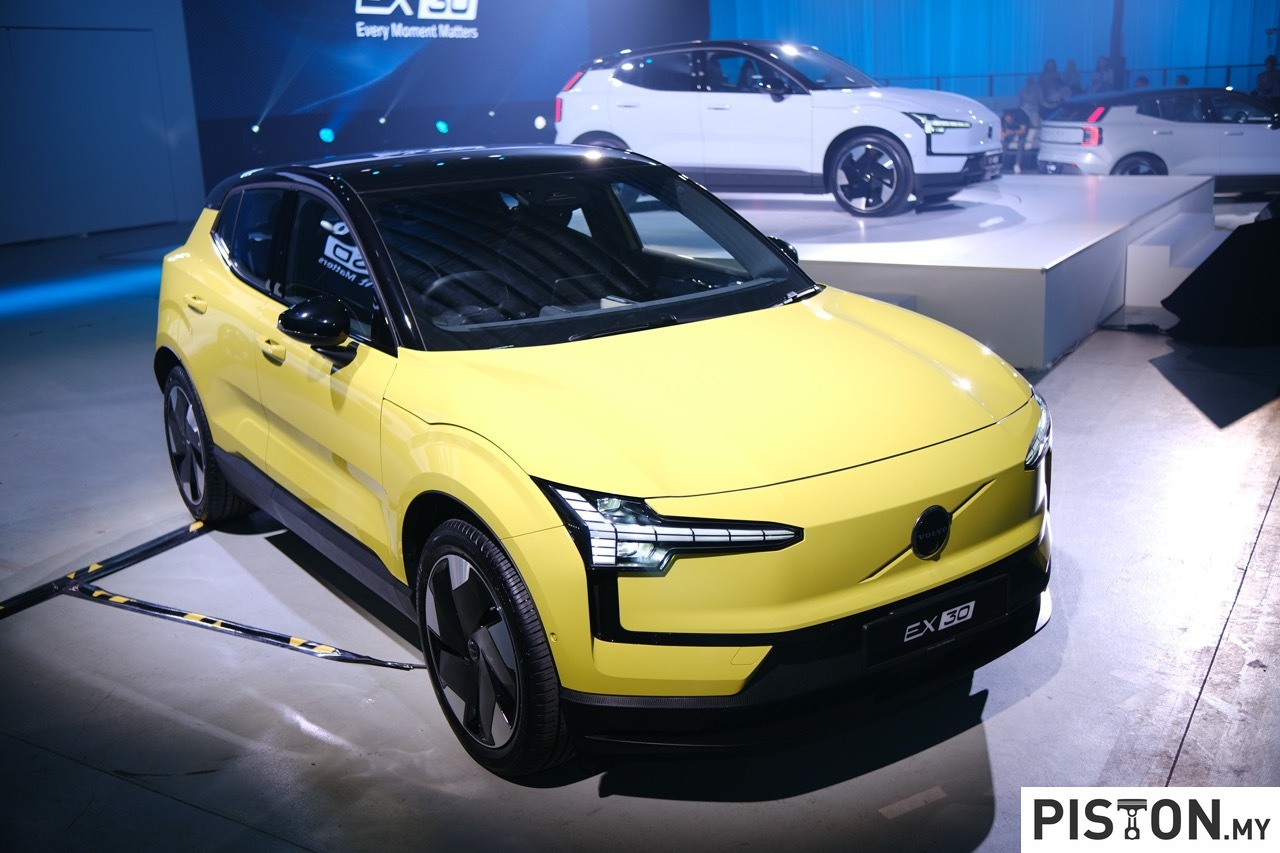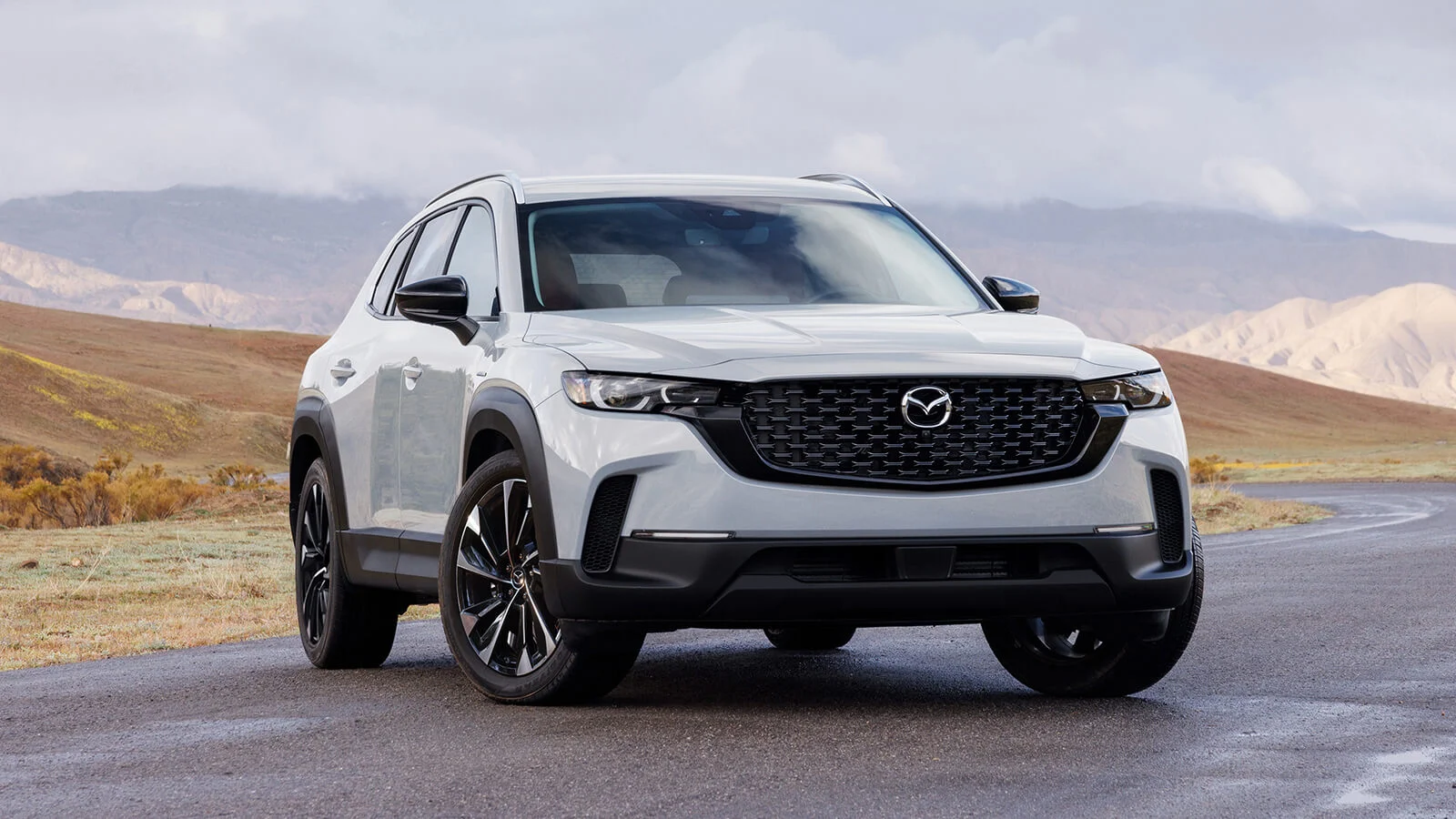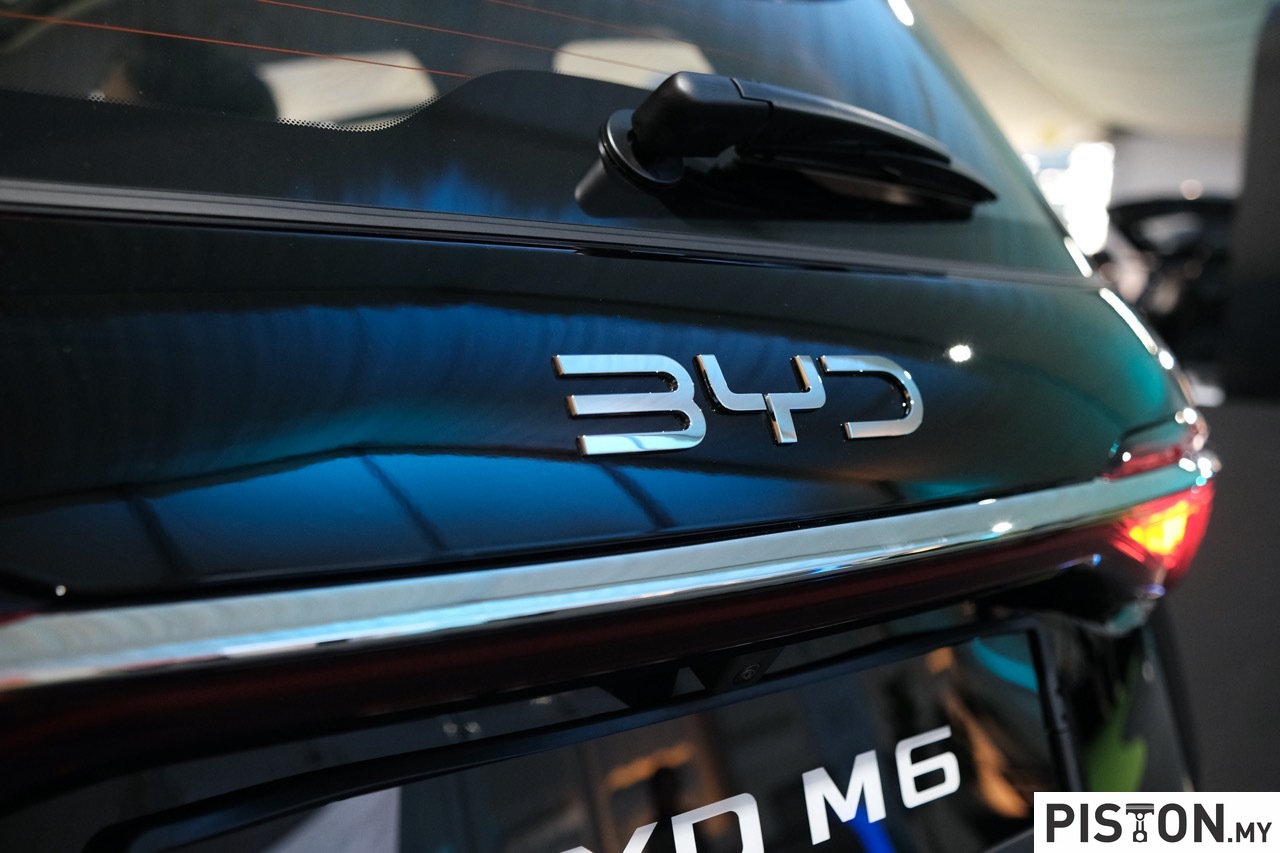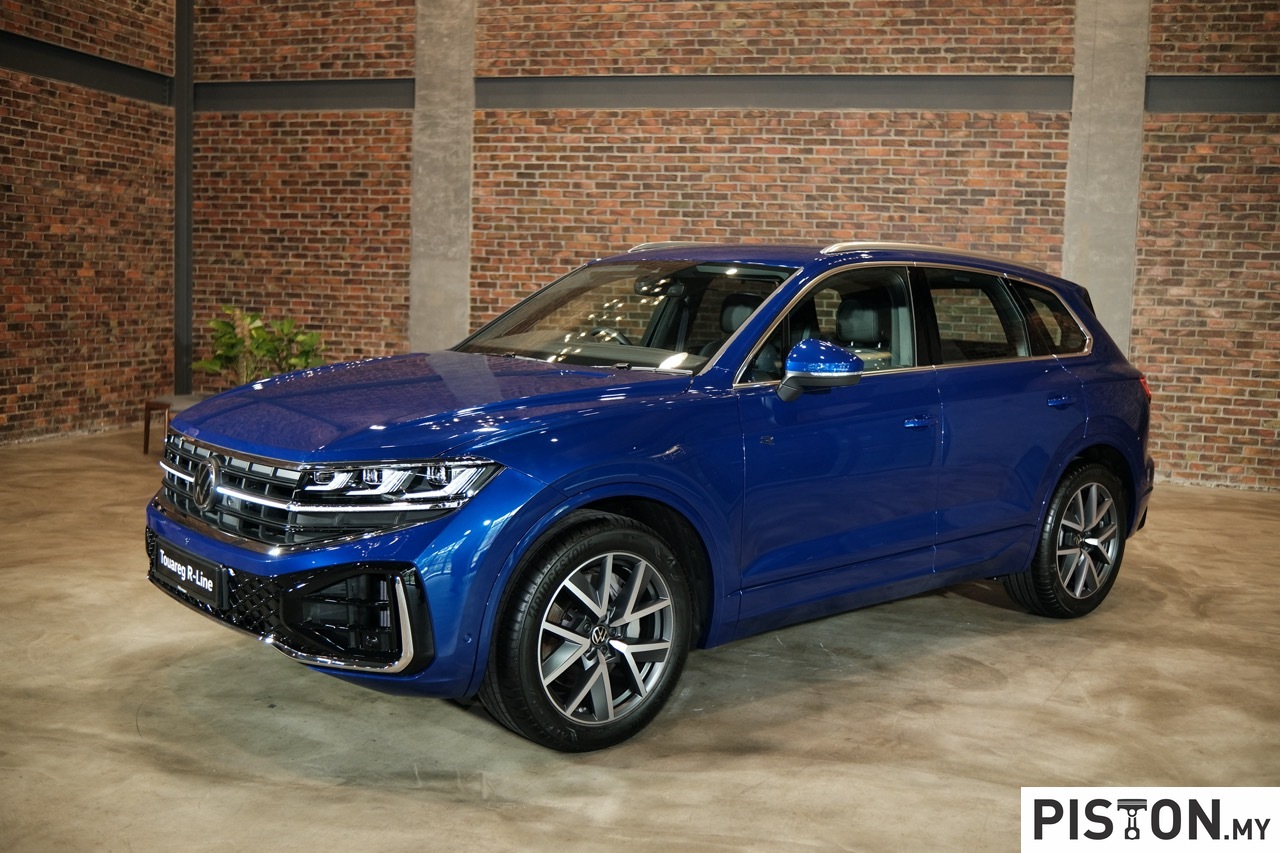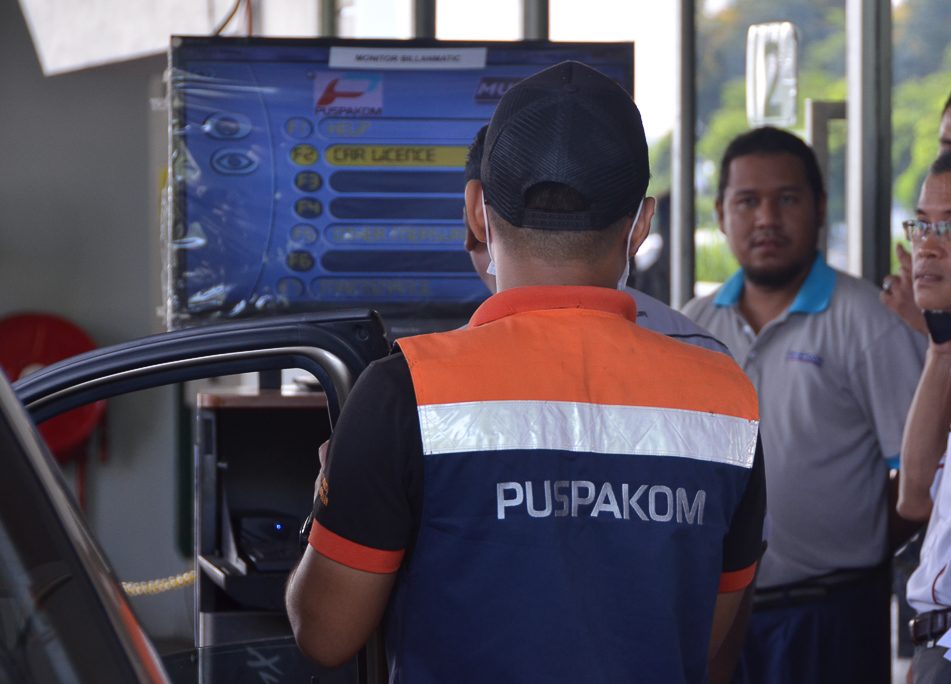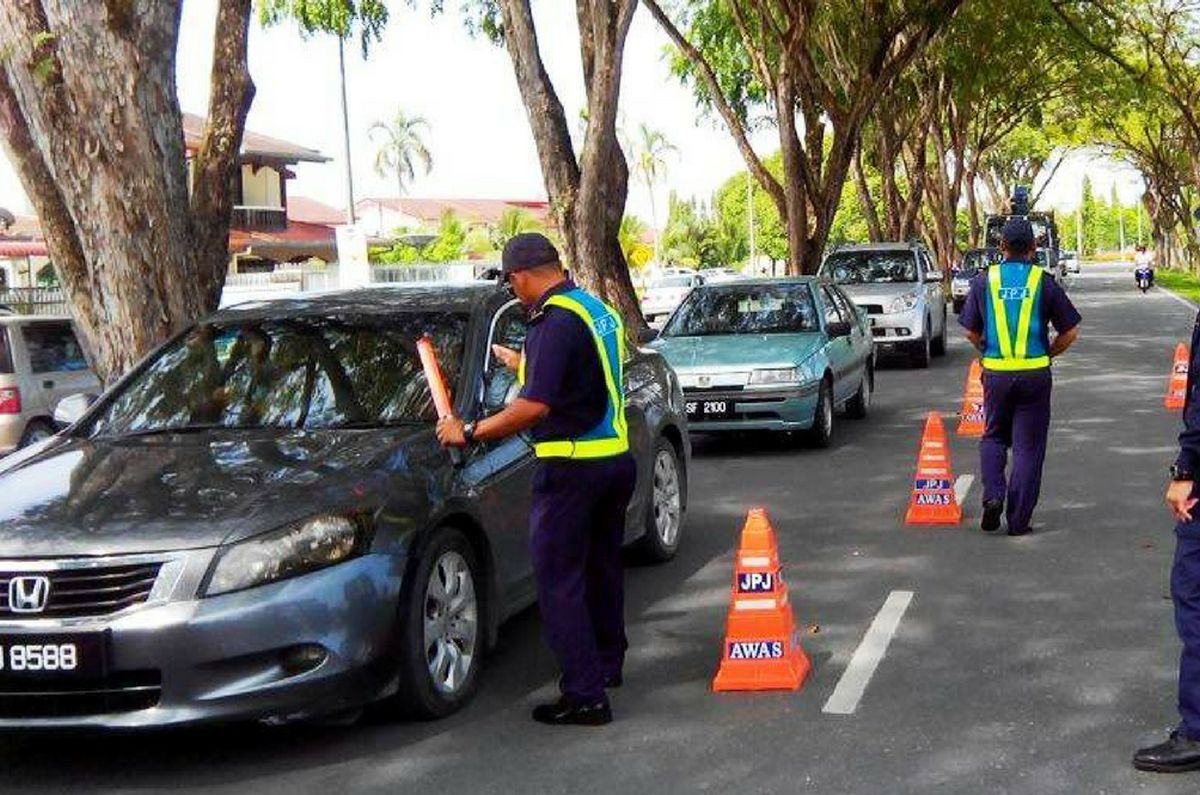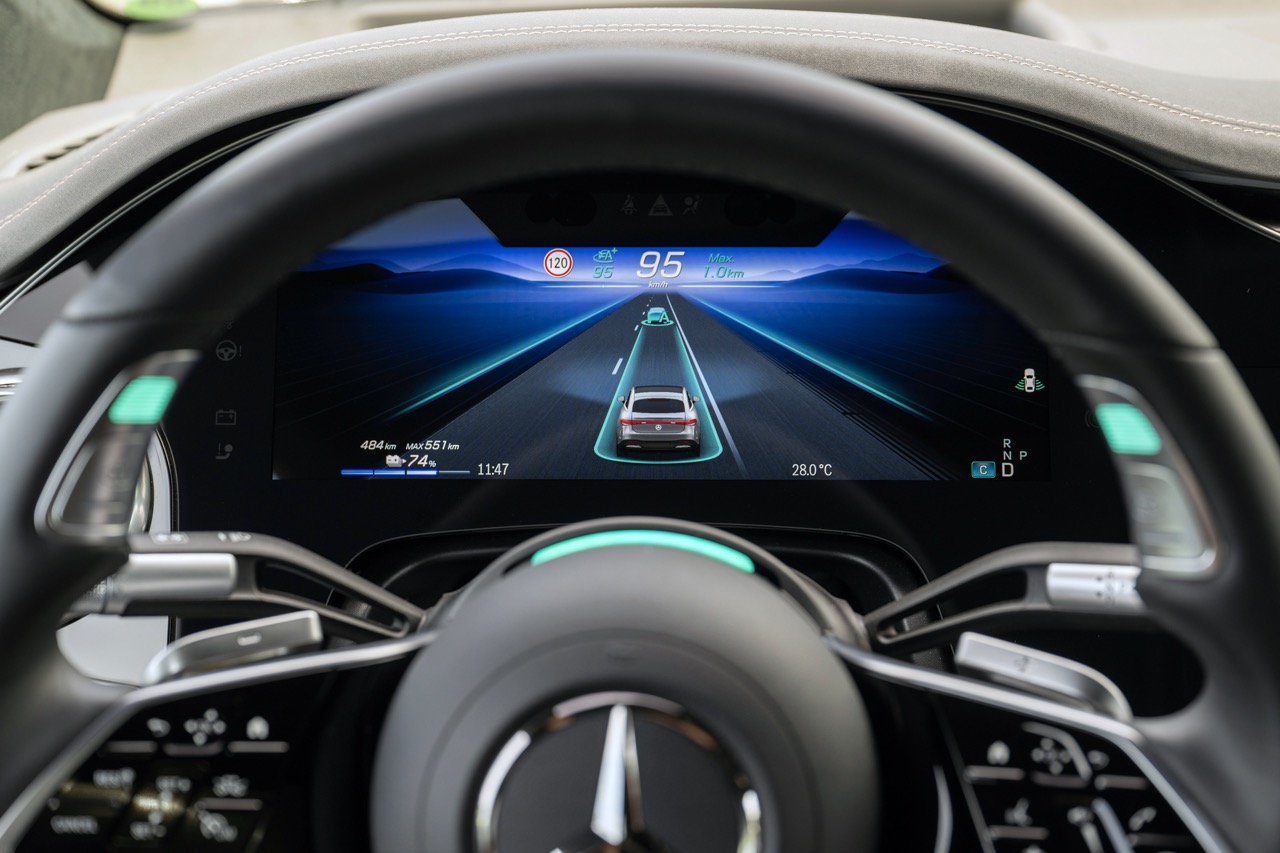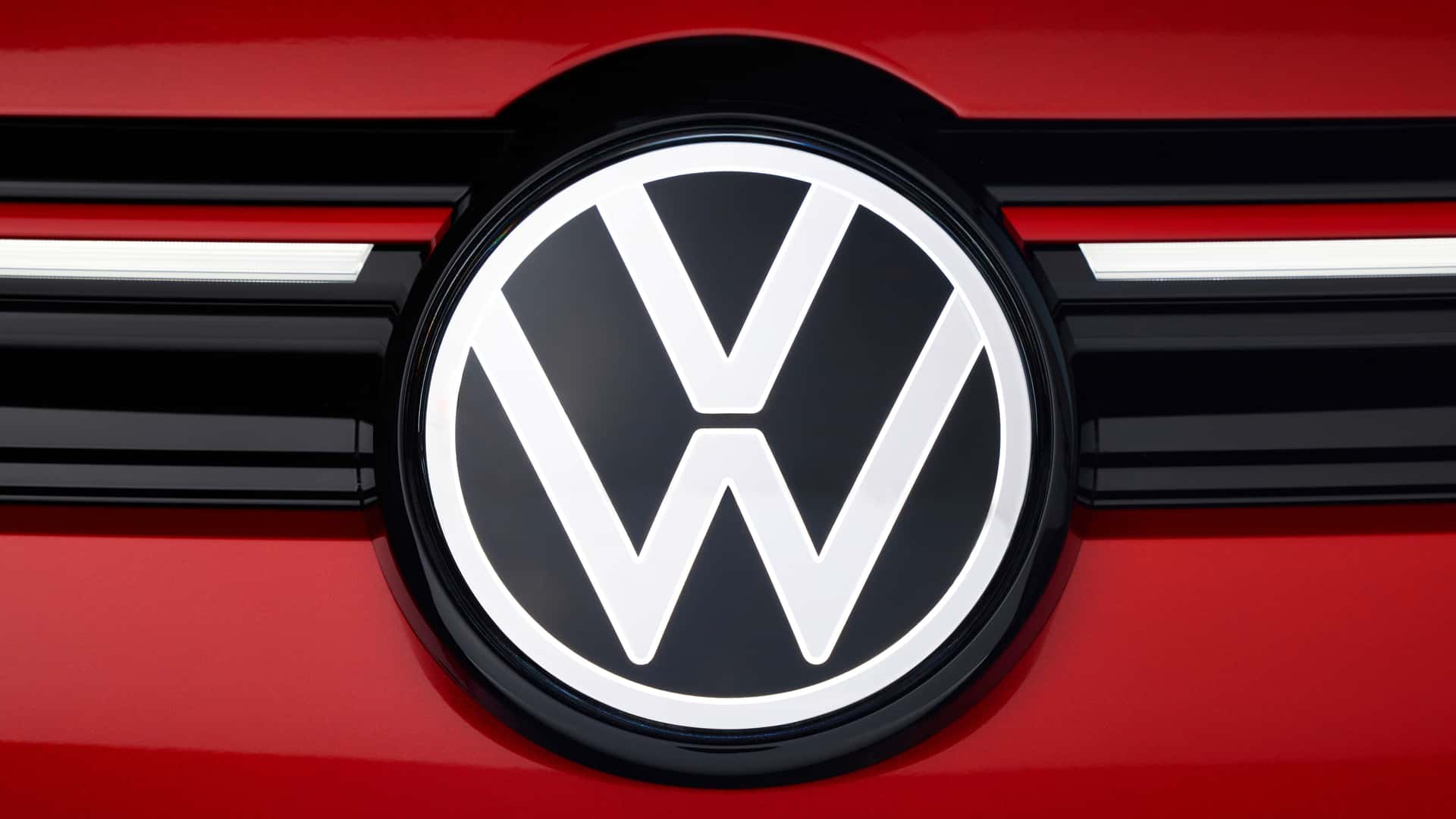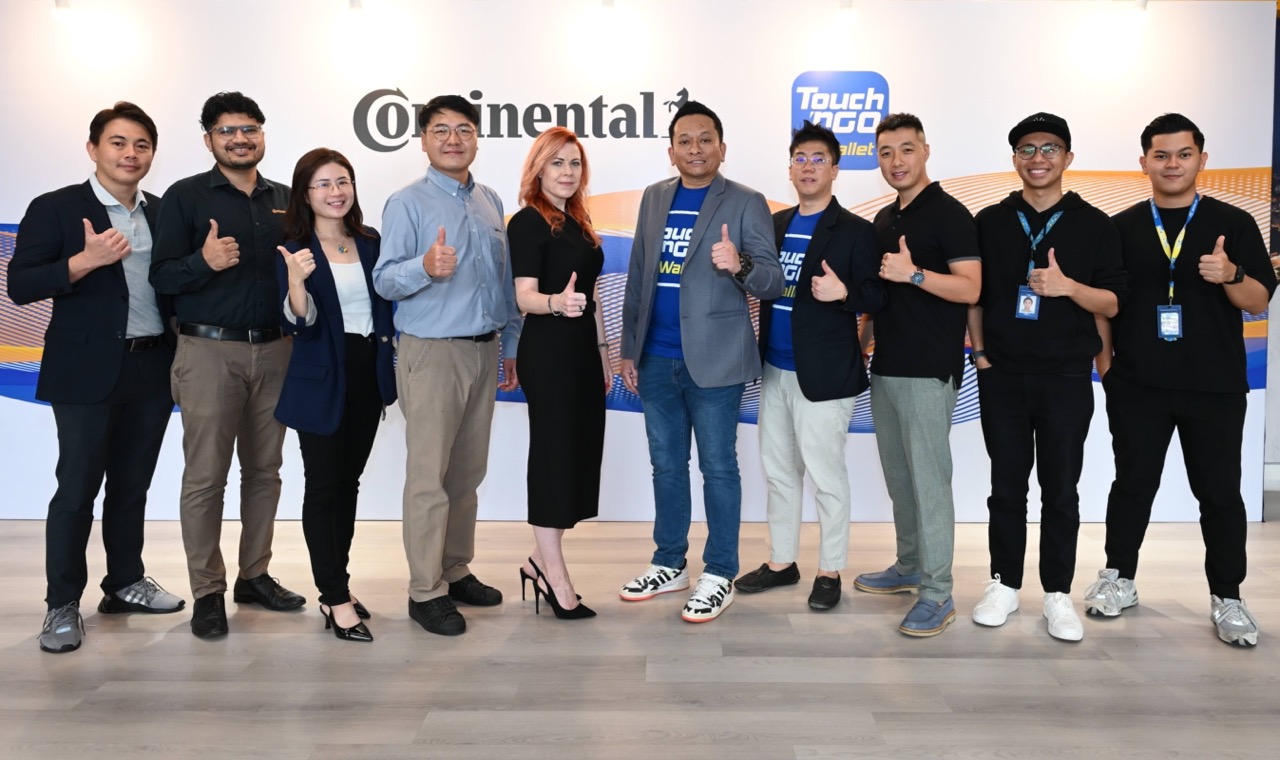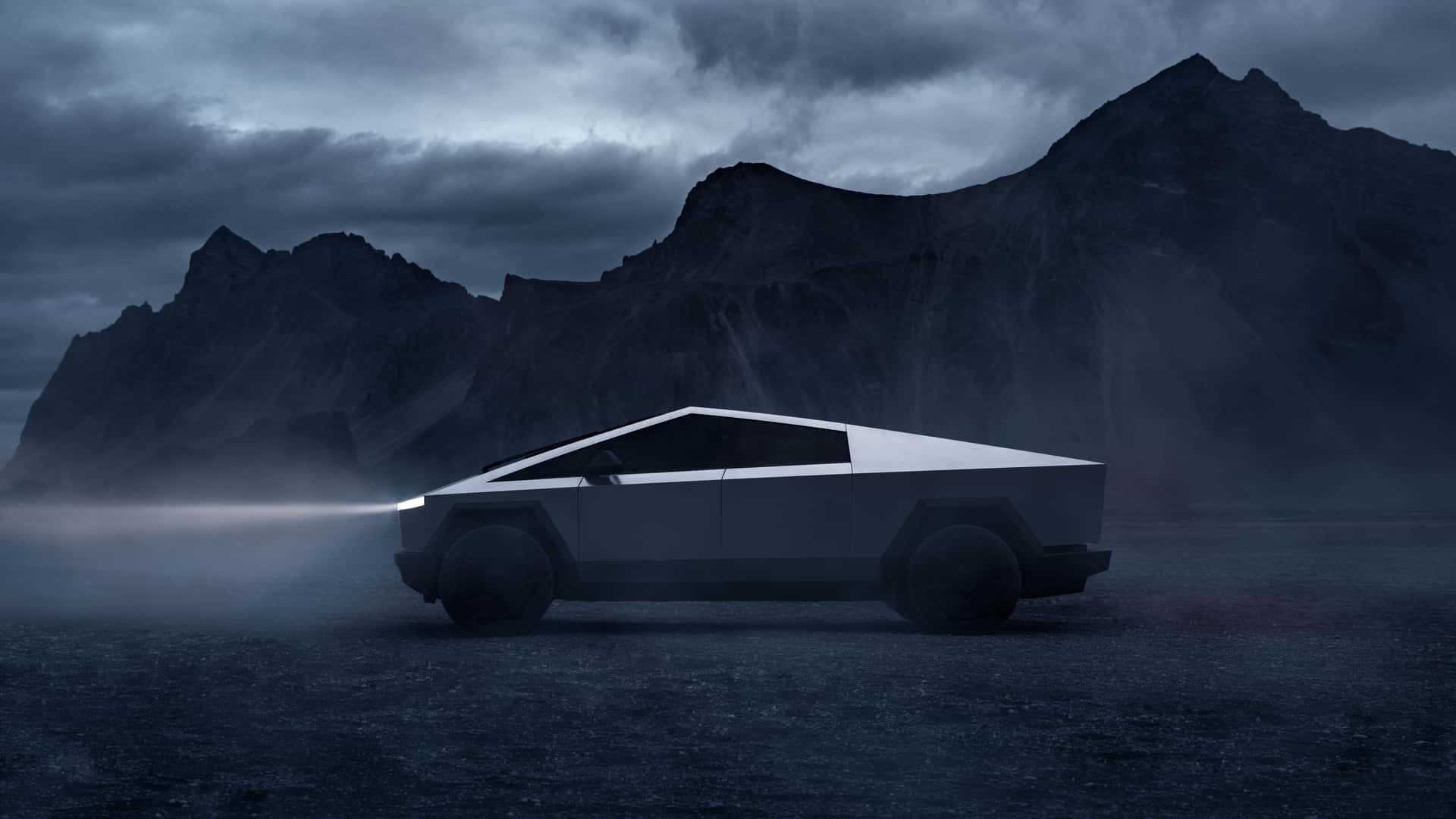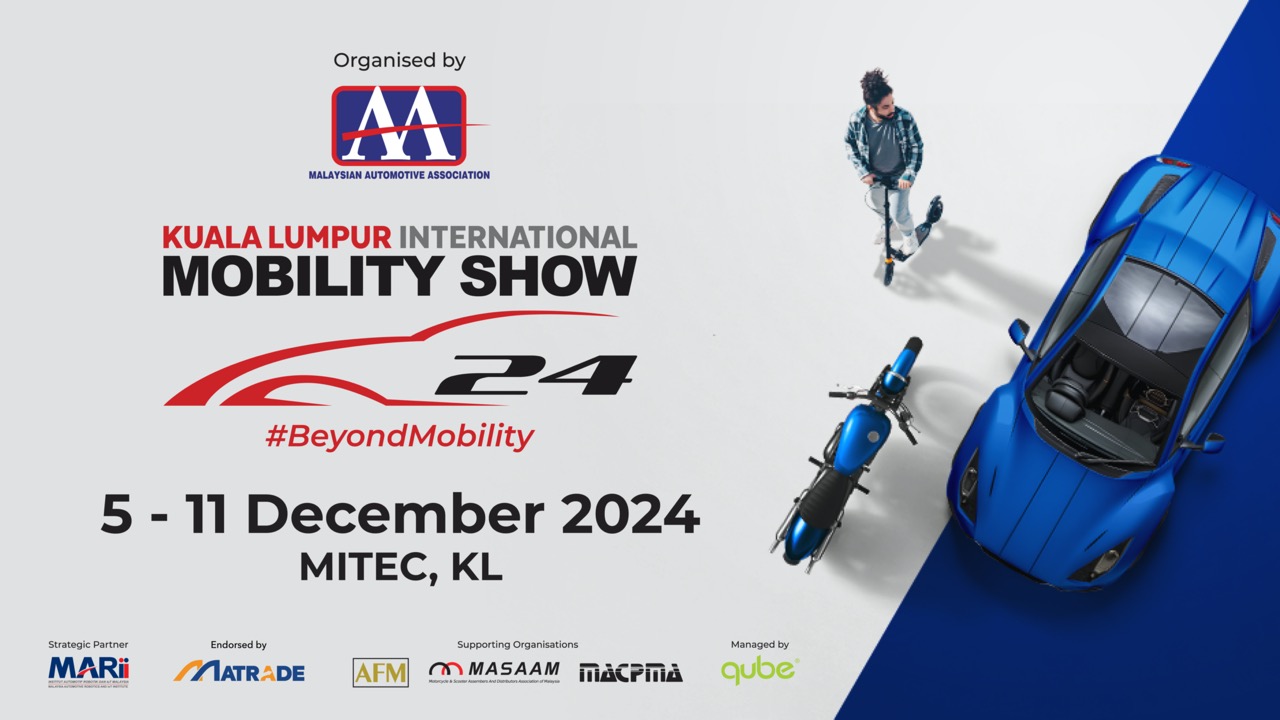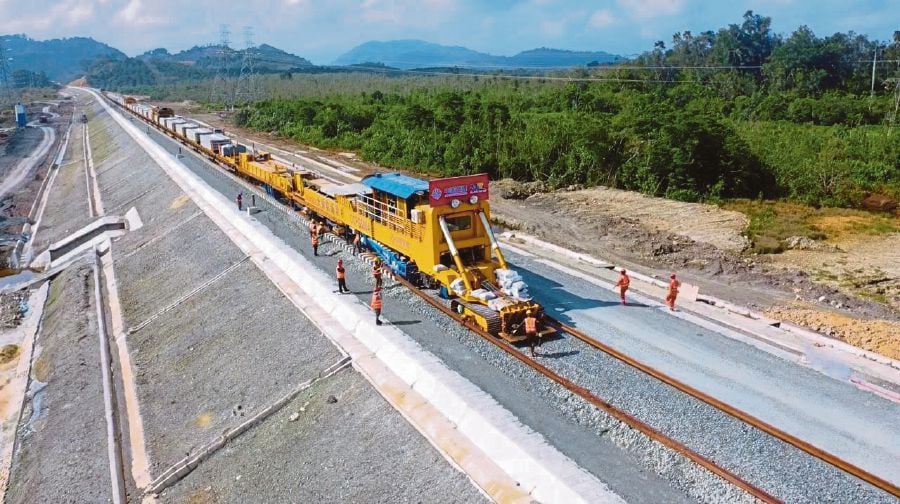You’ve probably not heard about the UK-based RML Group but this family-owned company is an ‘engineering powerhouse’ (as described by Autocar UK) which provides specialised services to many carmakers. It develops high-performance derivatives and also builds prototypes, showcars as well as restores historic road and racing cars. It’s also produced racing cars since 1958 and involved in many successful teams.
RML typically does work for others but just over 3 years ago, they decided that a car was needed to showcase the quality and breadth of their work in the automotive industry. “For many people, RML is synonymous with motorsport success at the very highest level but over the last 2 decades, it has diversified considerably, undertaking many complex projects outside of the competition arena,” said Michael Mallock, RML’s CEO.
RML’s own product
“Much of its core design, engineering and manufacturing work within the automotive sector is now as a ‘white label’ partner to prestige OEMs (carmakers) around the world, and this work is quite rightly confidential. But our vehicle could wear the RML badge, and also benefit from the vast experience our in-house team has gained producing some of the industry’s most advanced engineering solutions for other companies. And that ‘vehicle’ has now materialised: the RML Short Wheelbase is complete and production will start imminently,” he explained.
Inspired by the Ferrari 250 SWB, the RML Short Wheelbase is a 2-seat, high-performance GT, the design of its lightweight, carbon-composite body paying homage to the driving purity of supercars from the past, while offering 21st-century comfort and convenience. Classic features like its stacked rear lights, exposed fuel filler, chip-cutter front grille and vents appearing behind each wheel and on the bonnet have all been carefully reimagined.
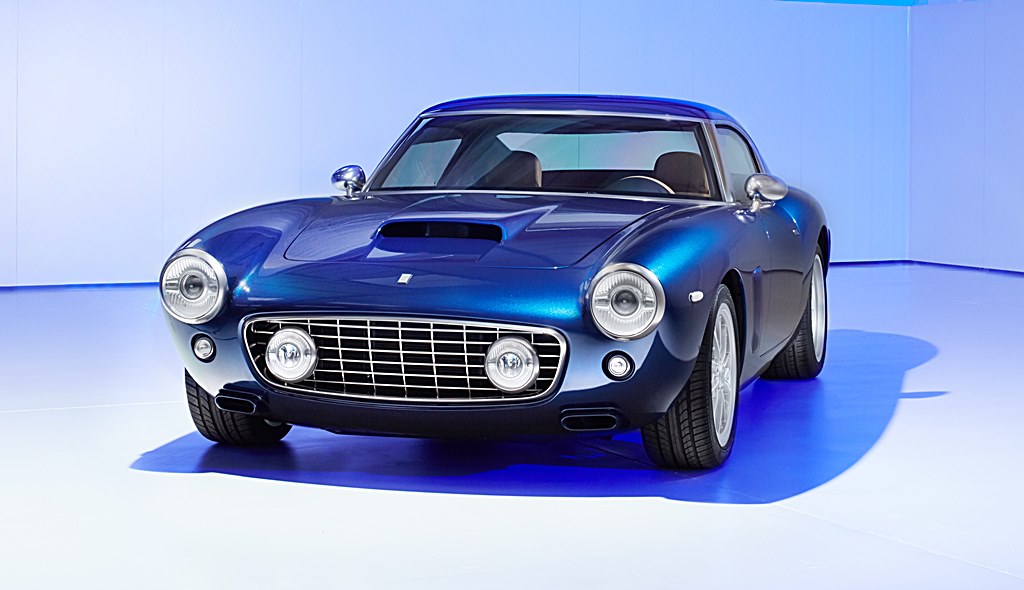
Classic Ferrari V12 engine
Under the long bonnet is a 5.5-litre V12 engine, and it’s one of the all-time great high-performance engines from Ferrari. Developing 479 bhp/568 Nm. 0 to 60 mph (96 km/h) time, it gives the car a claimed 0 to 60 mph (96 km/h) time of 4.1 seconds with a top speed of 290 km/h. The V12 engine power goes to the rear wheels through a 6-speed manual gearbox and transaxle which incorporates a limited-slip differential.
An engine like the Ferrari V12 should not only be seen but also heard, and the RML team developed an all-new exhaust system from the manifold to its quad tailpipes (apart from the catalyst) to achieve this. Acoustically sonorous, but meeting all current noise regulations, the system also had to be free-flowing enough not to impede the engine’s original performance.
With a target to emulate the exhaust note of a classic V12 road-racer, RML’s engineering team started by making recordings of the original Ferrari engine from inside and outside the car at various speeds and loads, from idle to full-throttle acceleration. The engine was also put on a dynamometer, and data from both tests was built into a computer-simulated model that could be adapted to suit the new noise requirements of the Short Wheelbase.
Classic ambience, 21st century comfort
With such performance, the Short Wheelbase should be capable of crossing great distances with a degree of comfort and convenience that wouldn’t have been dreamt of 60 years ago. That convenience has extended to a cabin with an interior design in the classic style, yet with modern technology discreetly integrated throughout.
It has also been packaged to be able to accommodate tall occupants. “Very early on, we built a buck that could accept a broad range of human sizes,” recalls Bowen. “We actually built it around RML’s shortest employee, and tallest one – our CEO Michael Mallock wearing a race helmet, in fact! This effectively set the roof-line, and all other dimensions flowed from there,” revealed RML’s Head of Design, Jonathan Bowen.
No plastic
“We had a ‘no-plastic’ mantra when we started designing the interior,” added Bowen. “It would have been easy to save tens of thousands of pounds buying off-the-shelf dials and controls, but they would not have met our high standards. Therefore, every switch, button and clock you see in the Short Wheelbase is bespoke, and developed in-house.”
The conical dials across the dashboard are inspired by high-end watchmaking, and everything else that can be seen or touched is either machined aluminium, glass or leather. And despite the Short Wheelbase cabin’s classic design, a compact high-performance air-conditioning unit has been developed which drew on the company’s experience with component engineering for other carmakers.
The unique infotainment system incorporates everything you’d expect from a high-end modern car, such as Apple CarPlay, Android Auto and mobilephone connectivity. The system can be hidden completely, appearing from the central gear tunnel when it’s needed. “To make sure that happened every time, we put it through a 10-thousand cycle test and it passed with flying colours!” said Bowen.
Production run of 30 units
Priced from £1.35 million (about RM7.7 million), each car from the proposed run of 30 units will take around 6 months to complete, with the capability of up to 6 builds in process at any one time to meet the already strong demand from across the world. Around 70% of sales will be for export, with the majority expected to be in North America.


